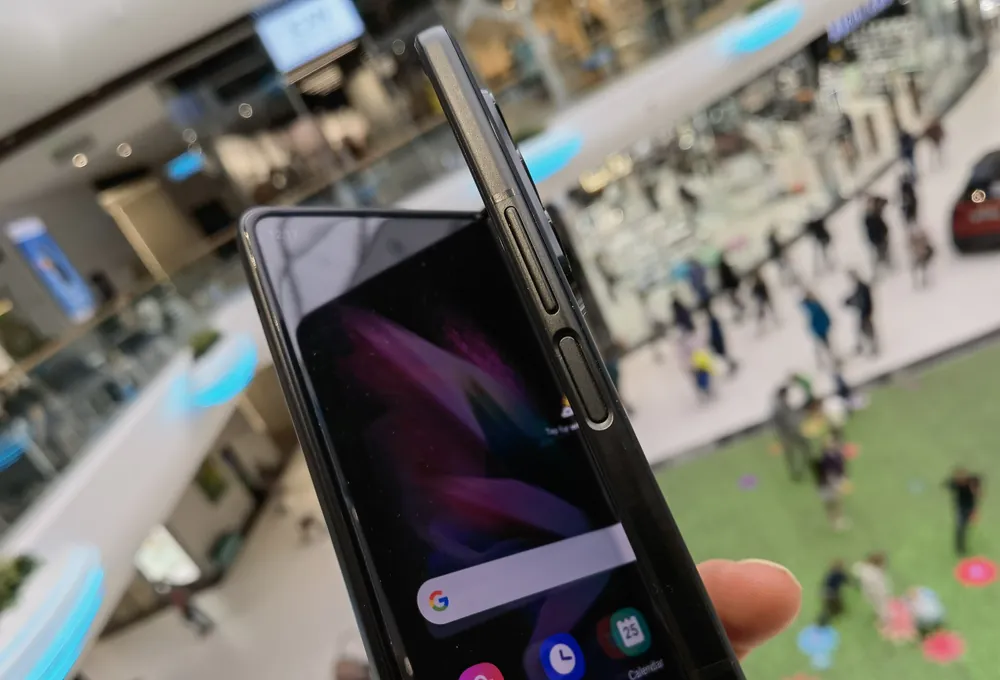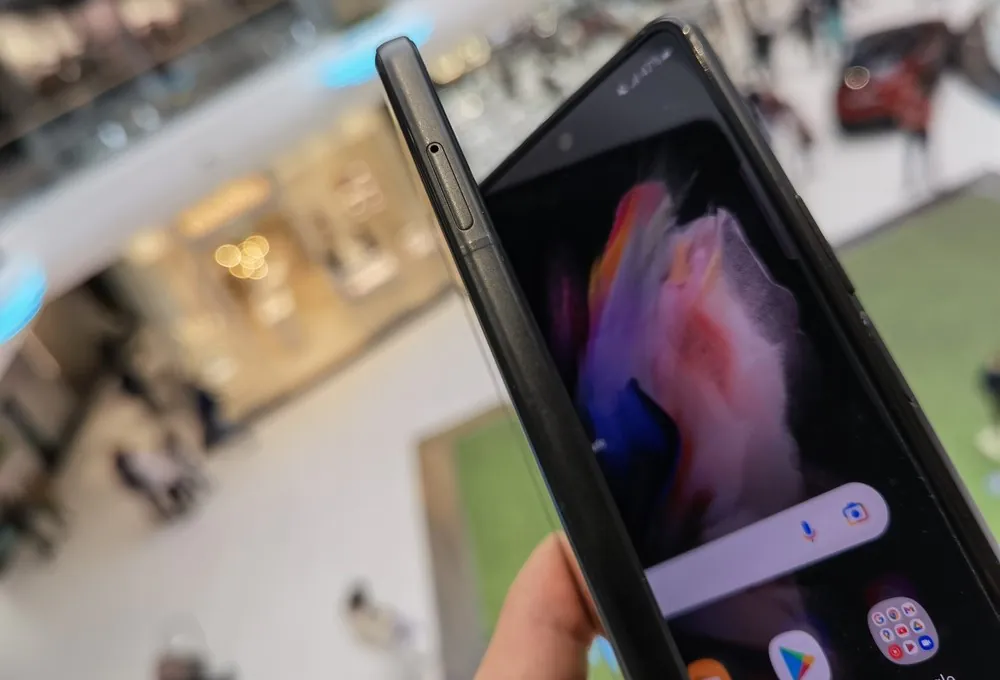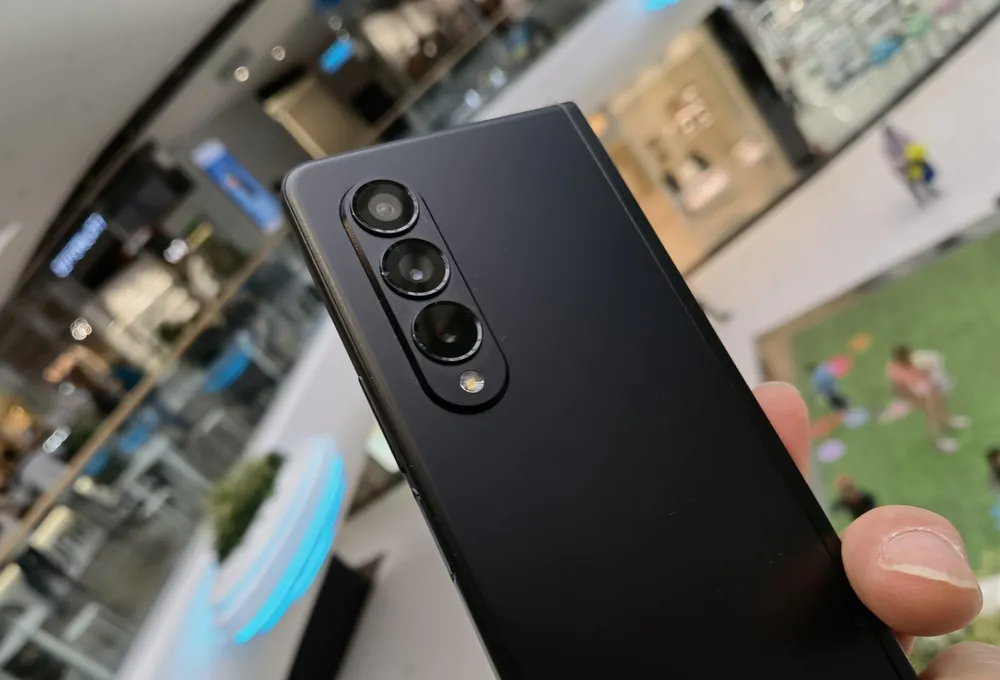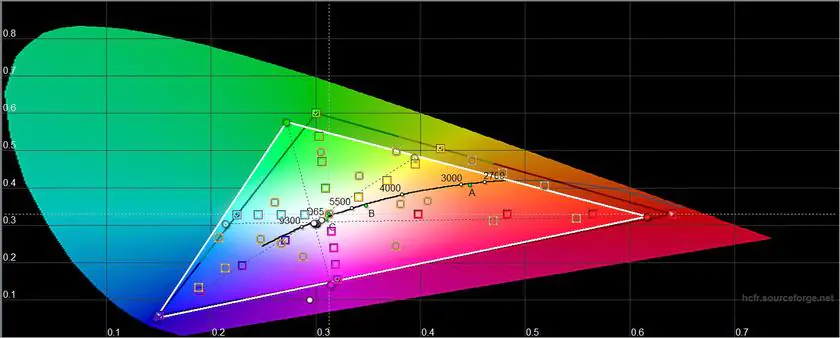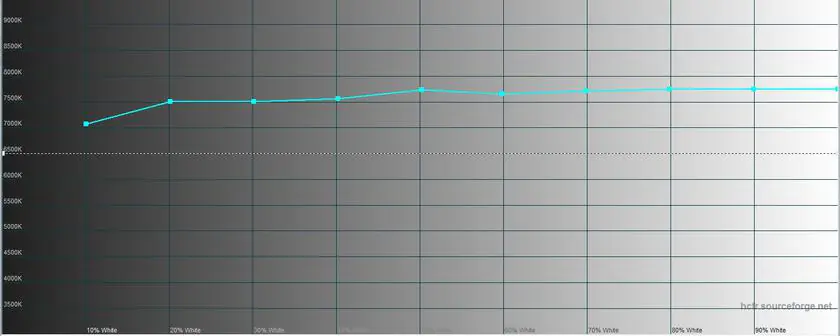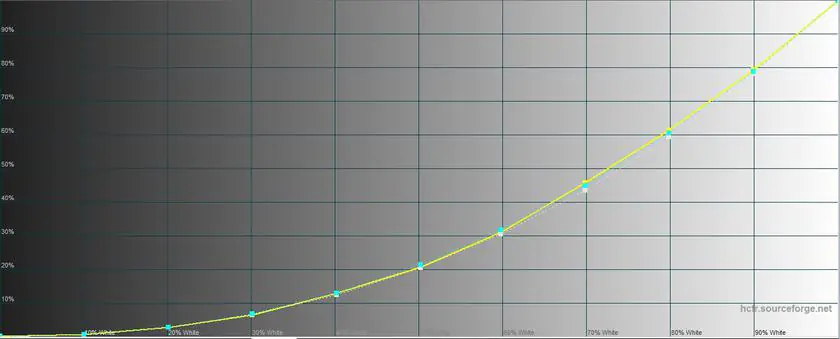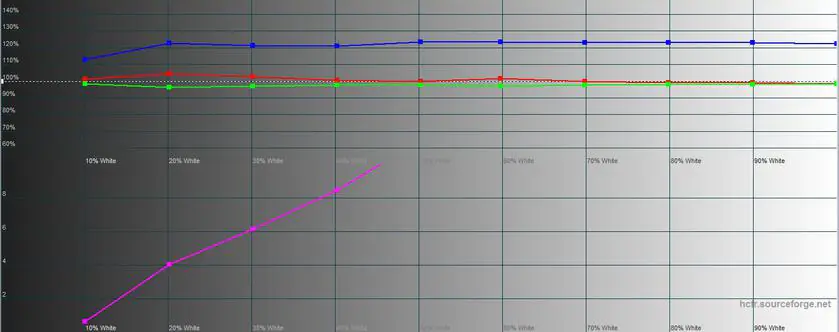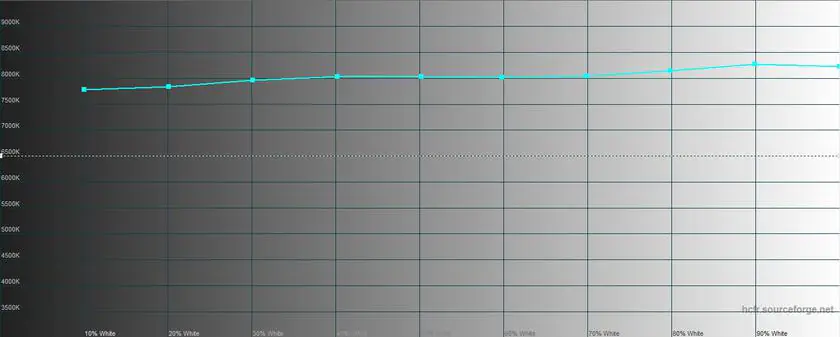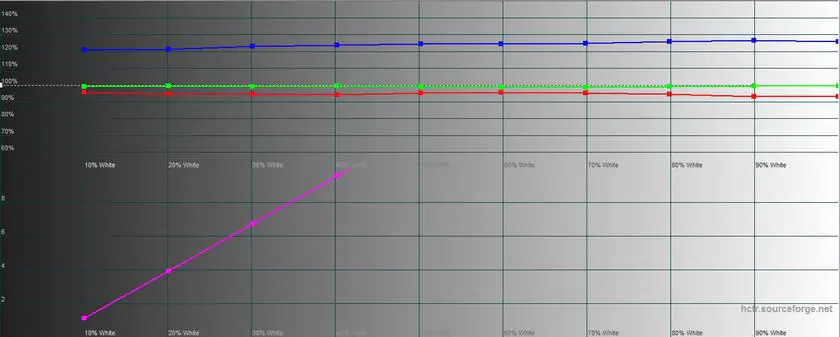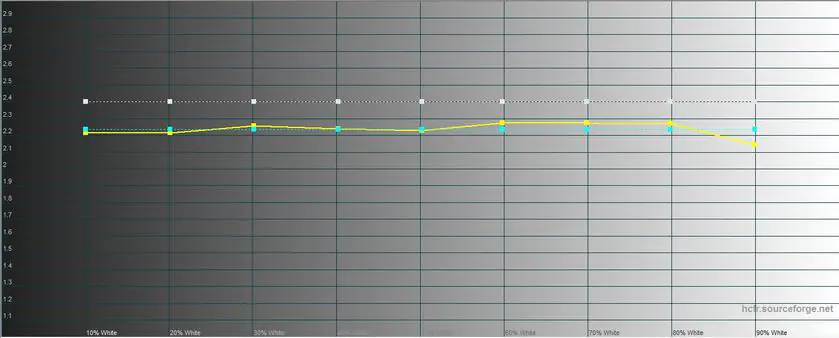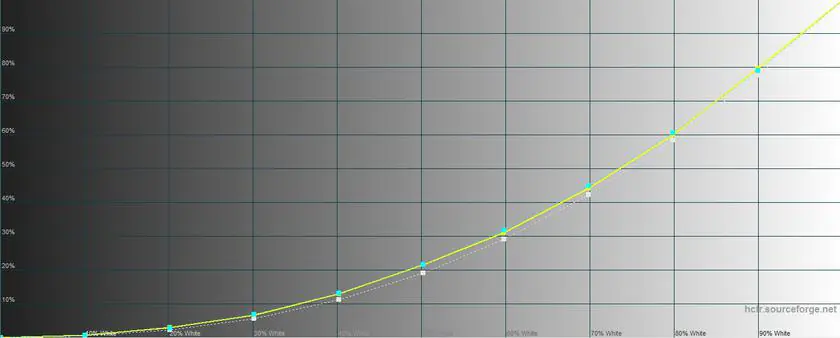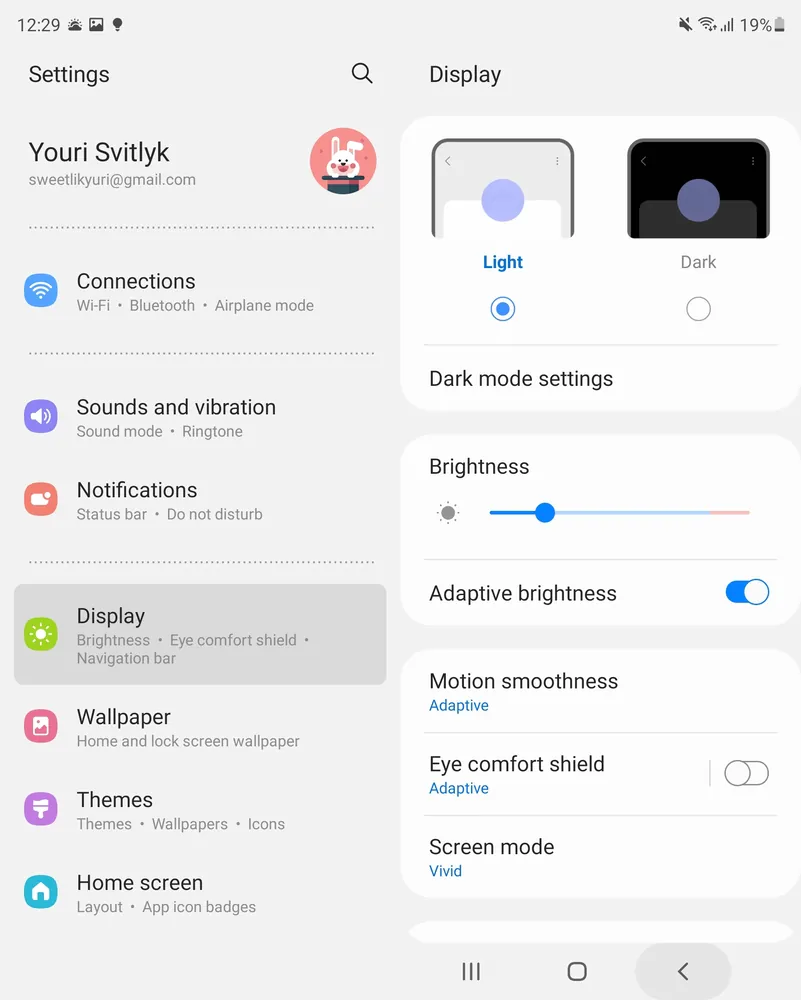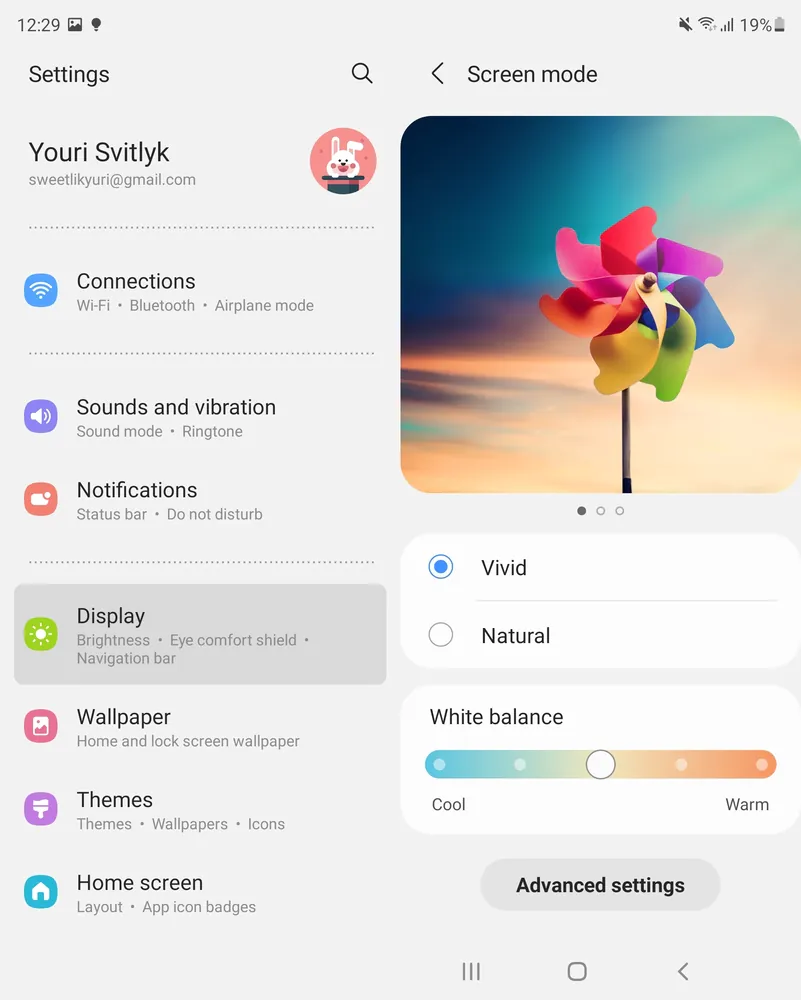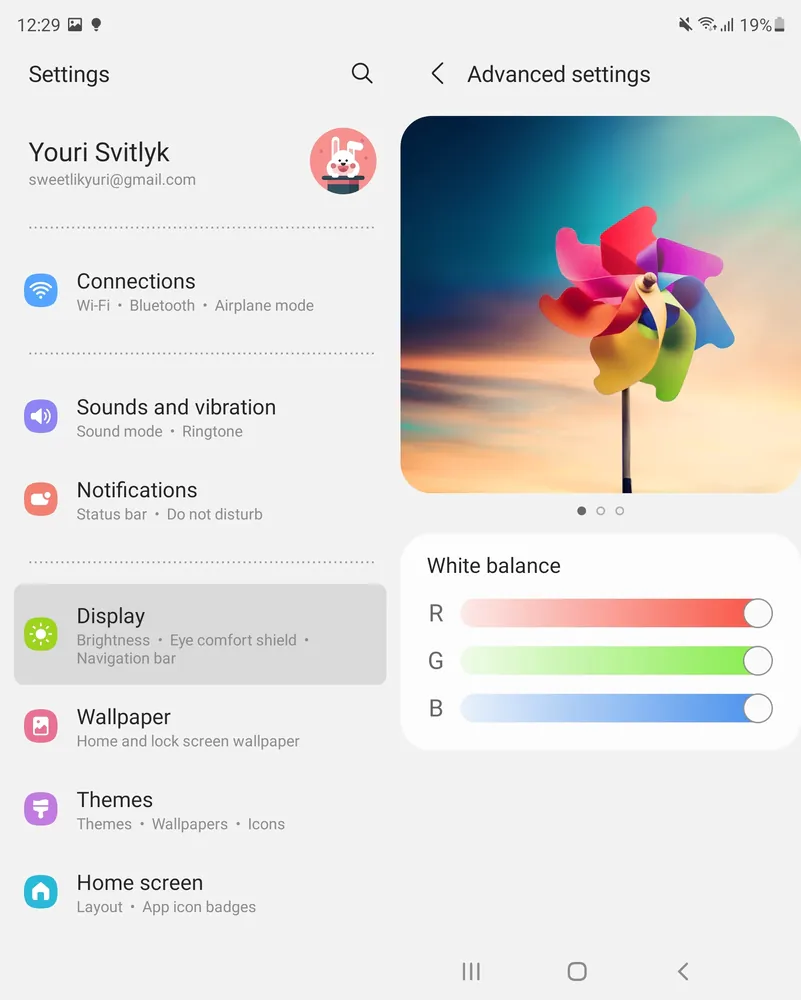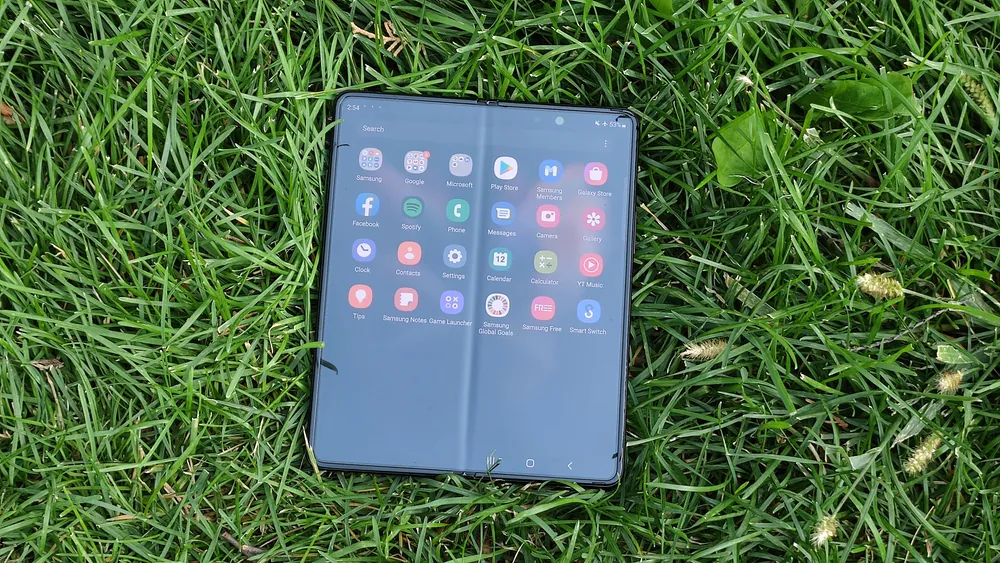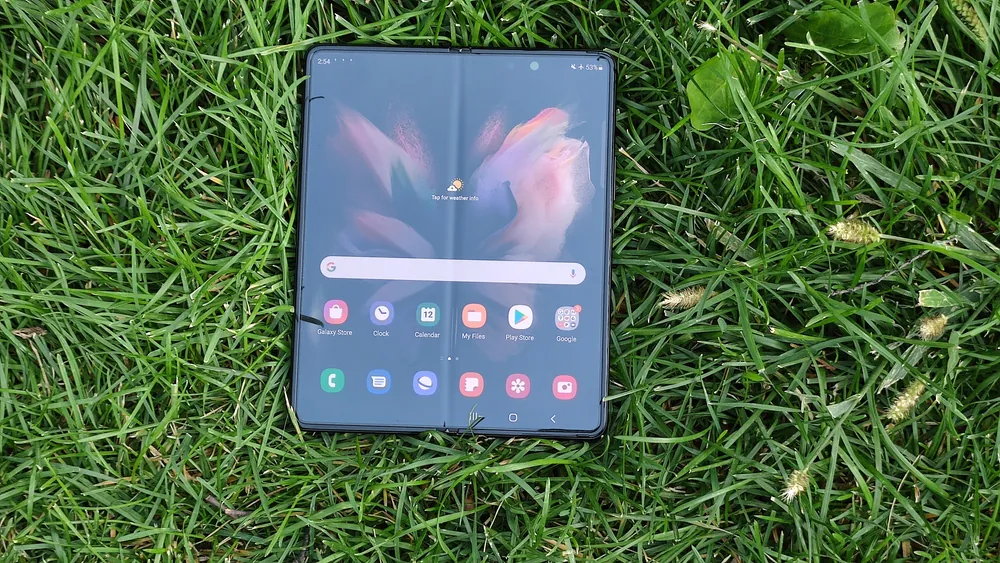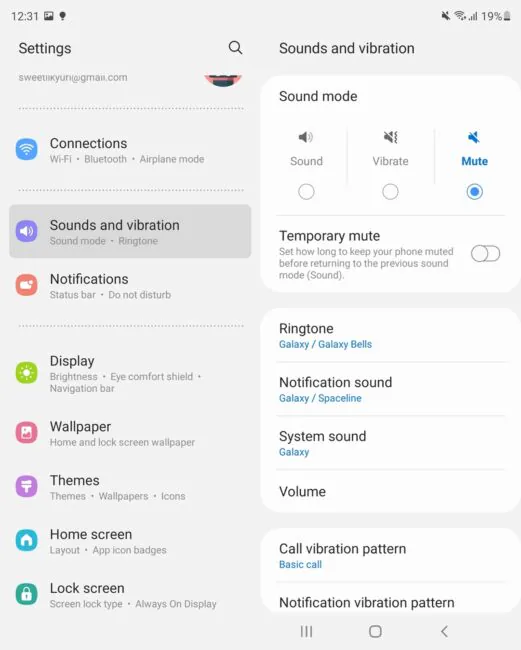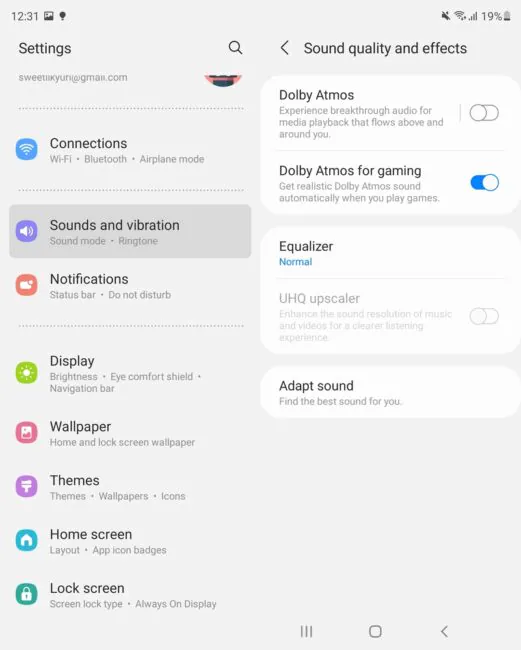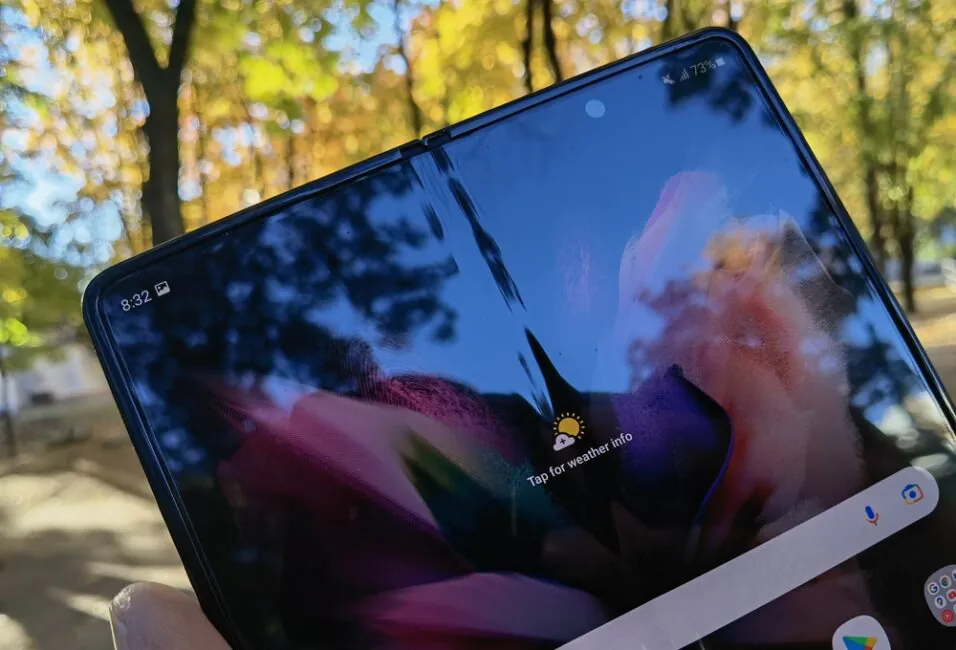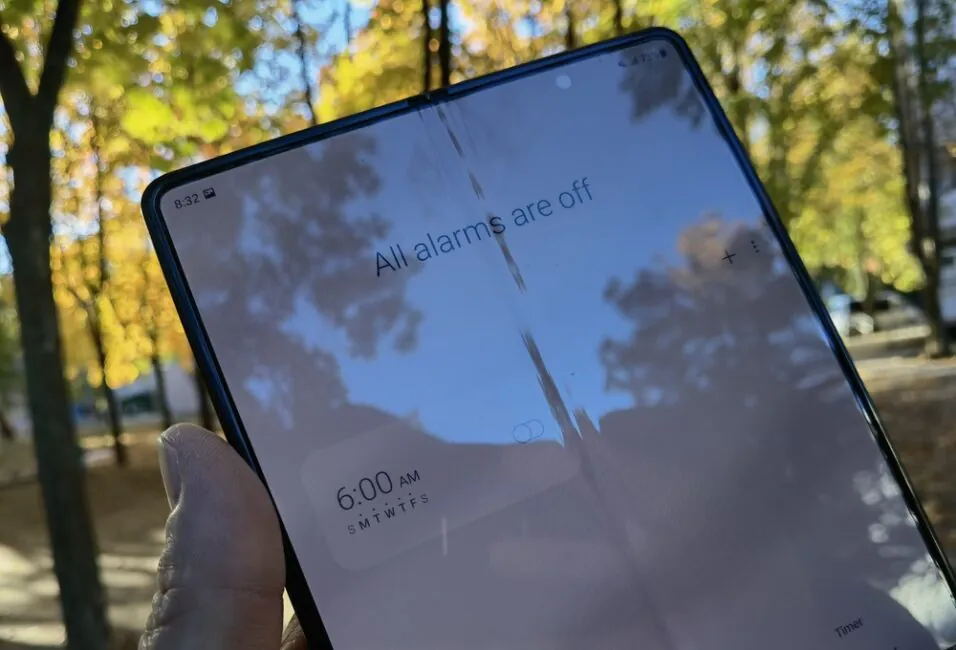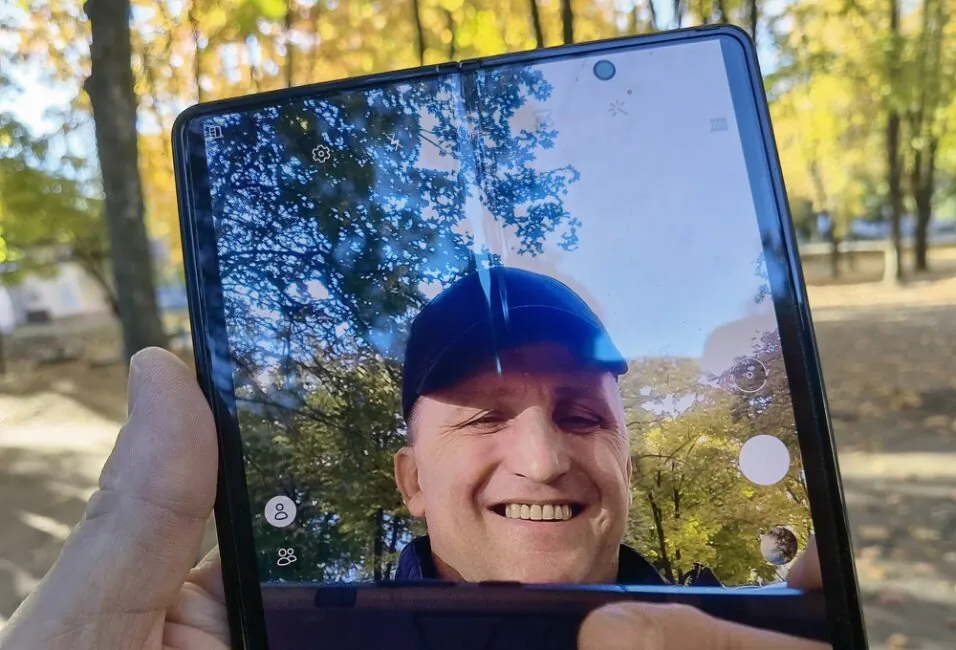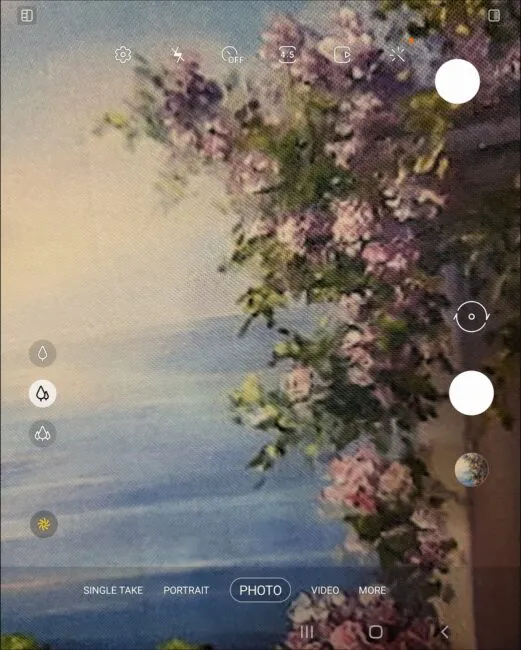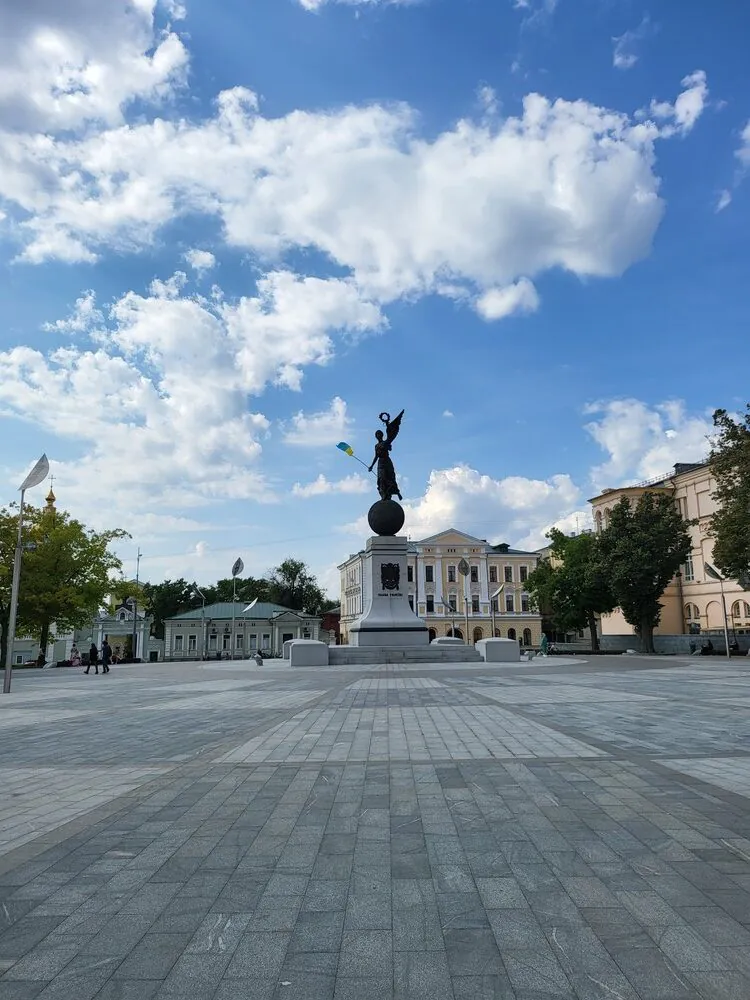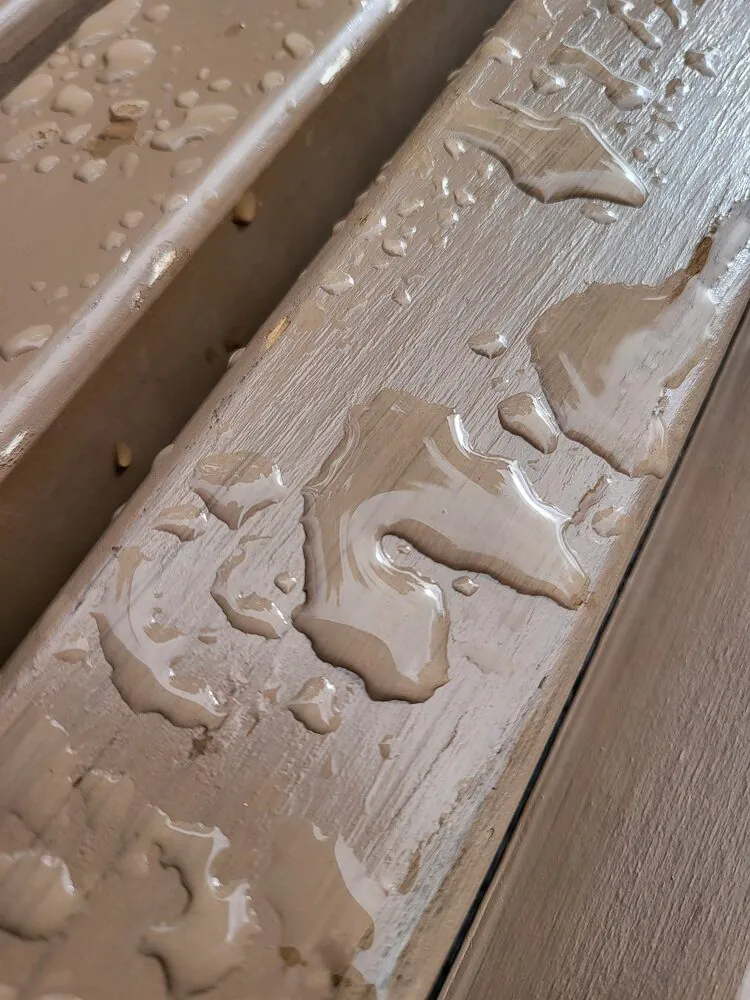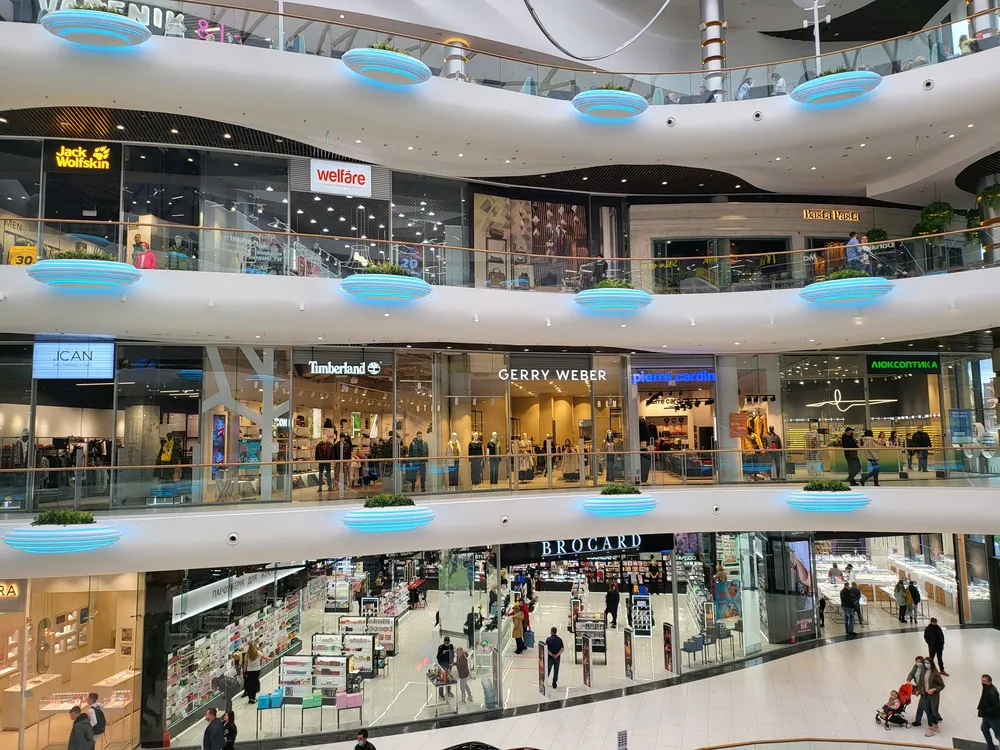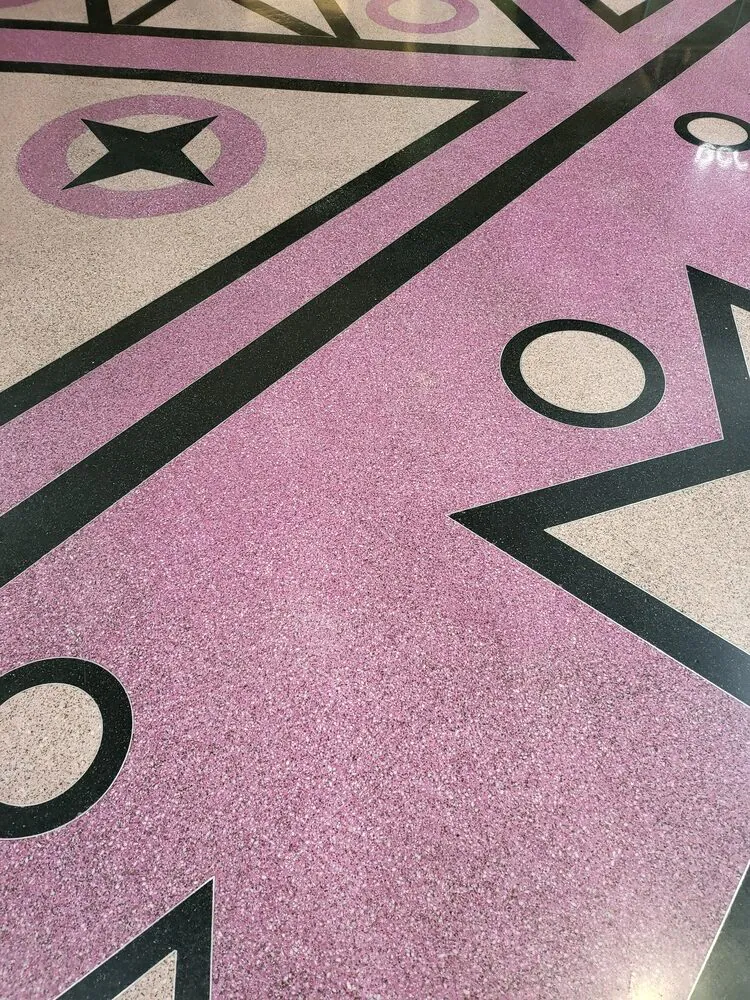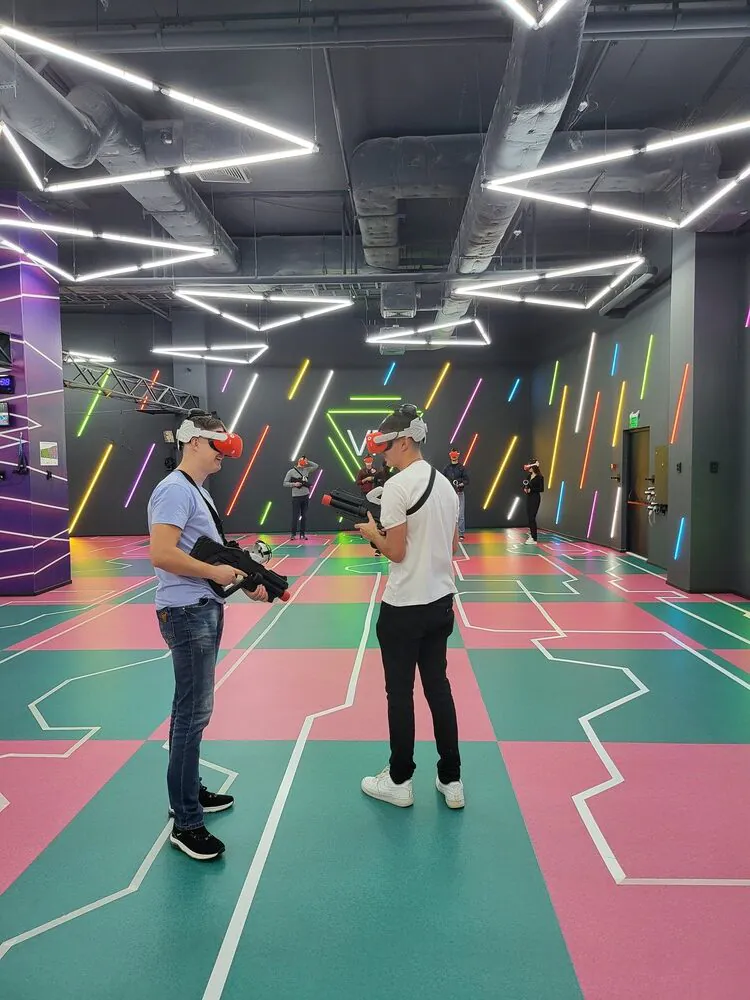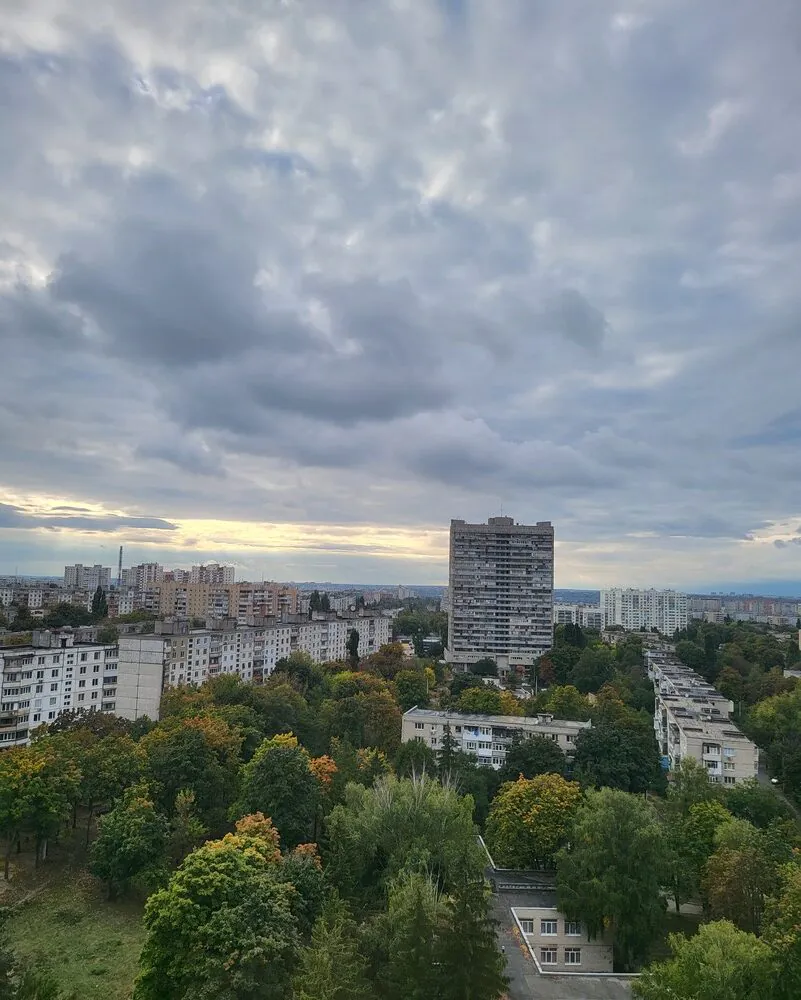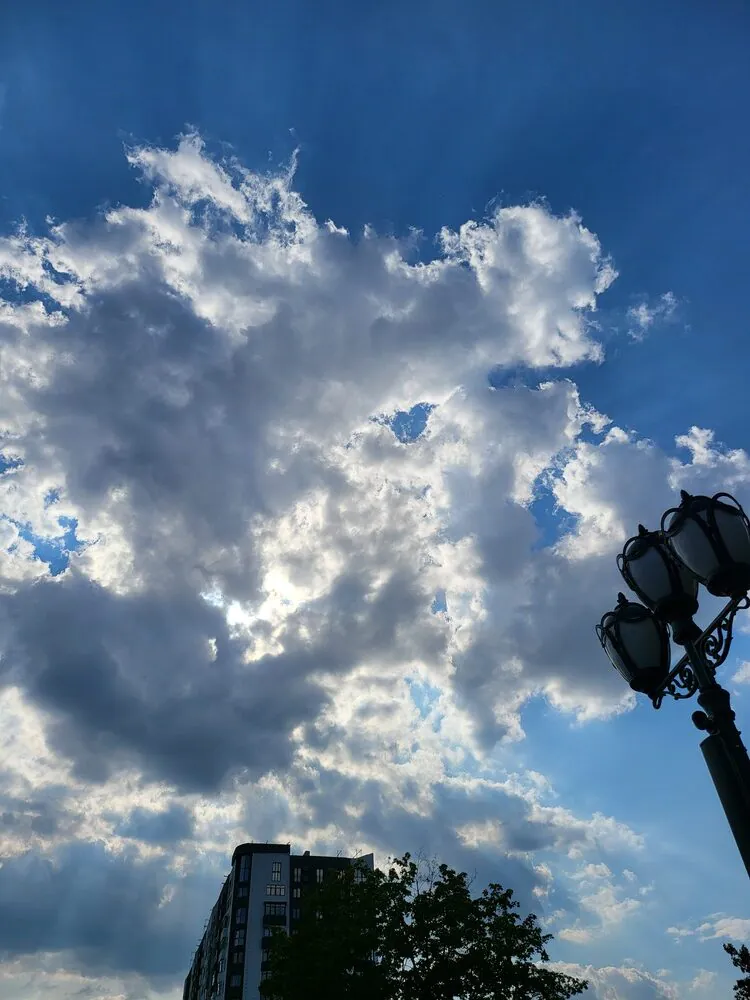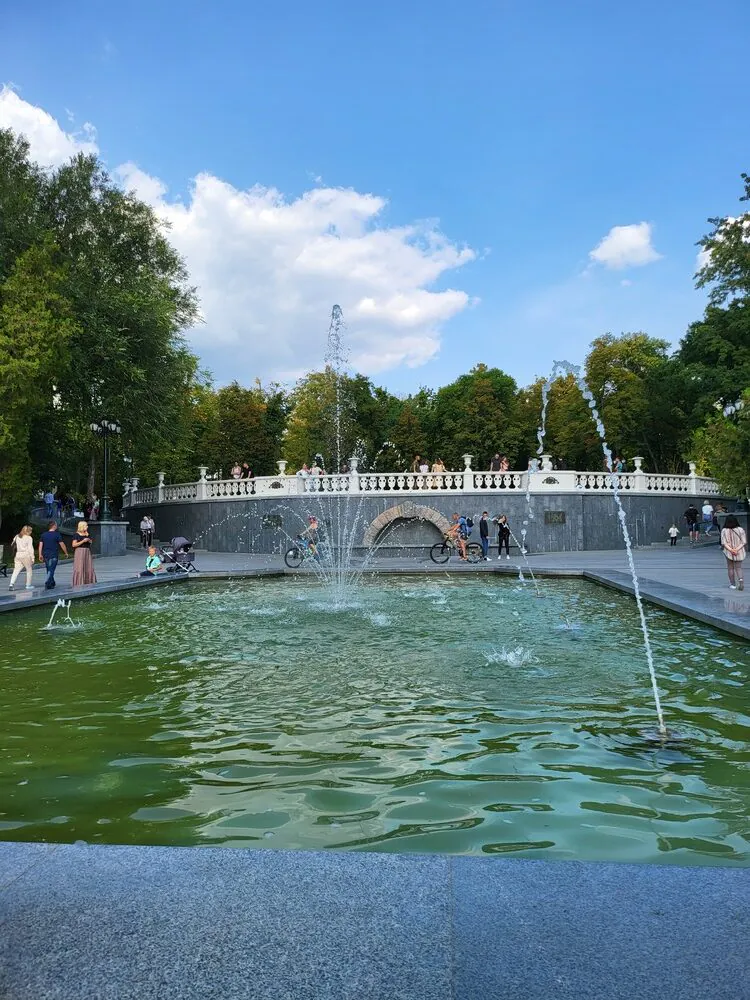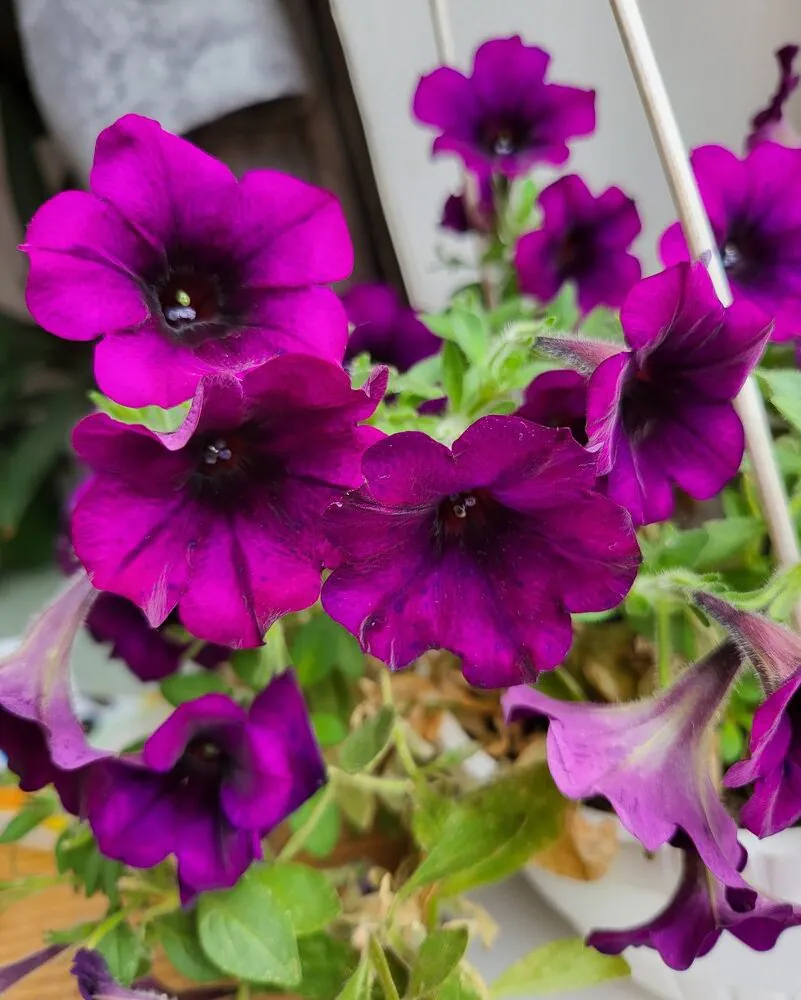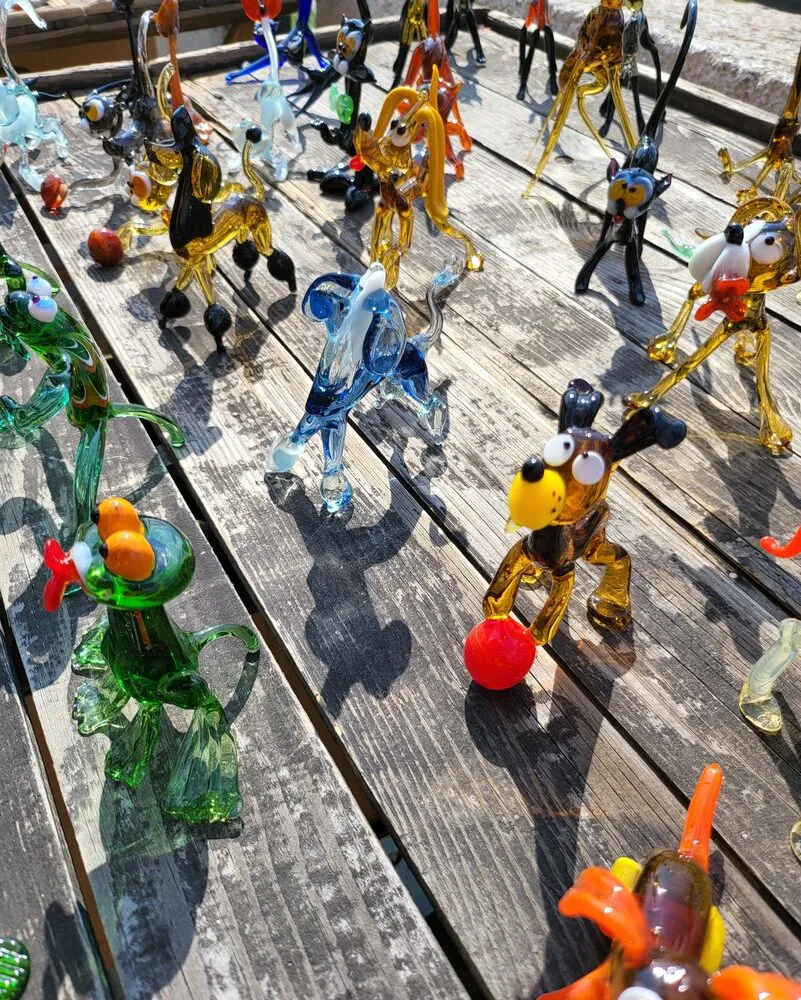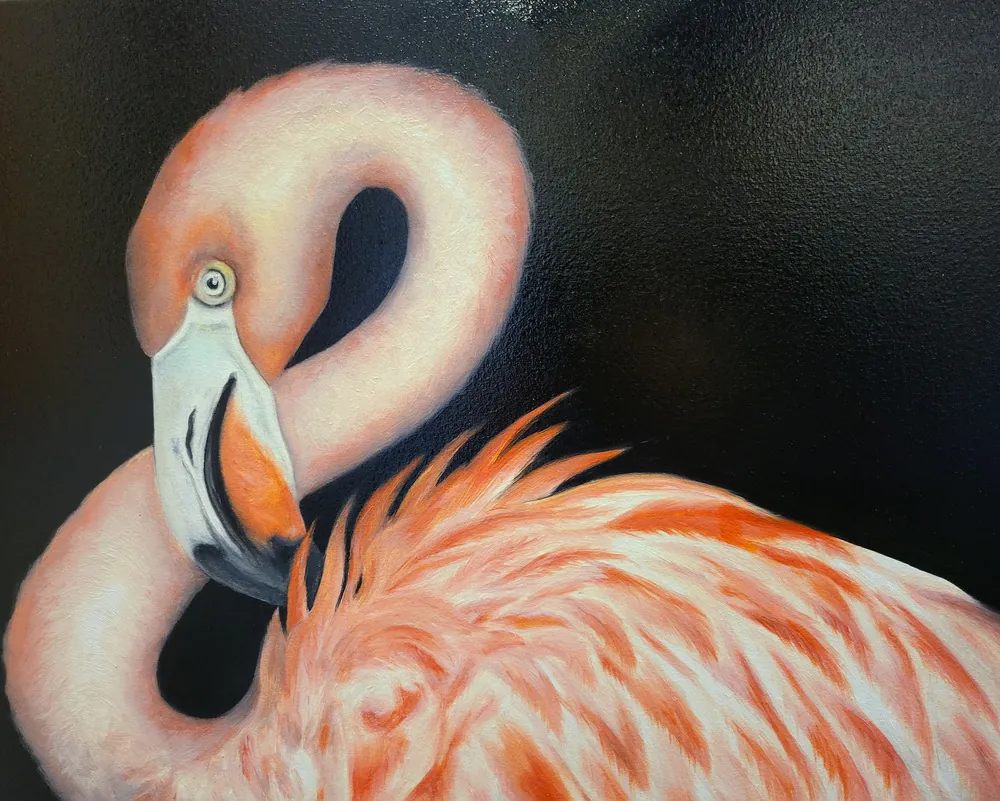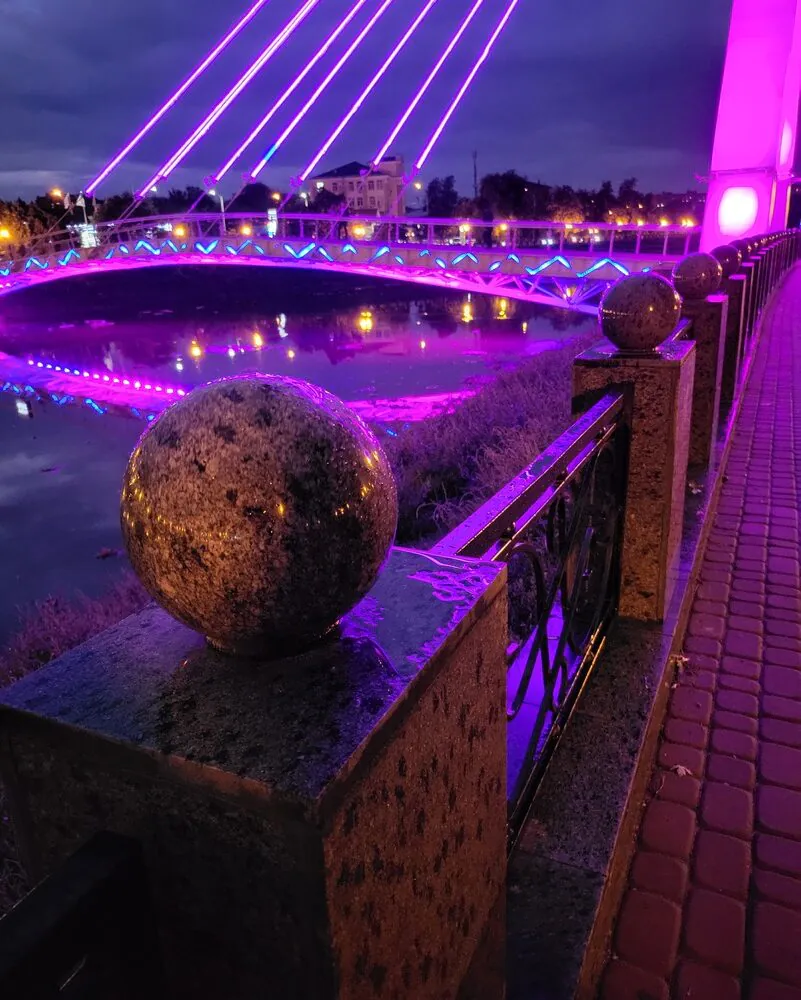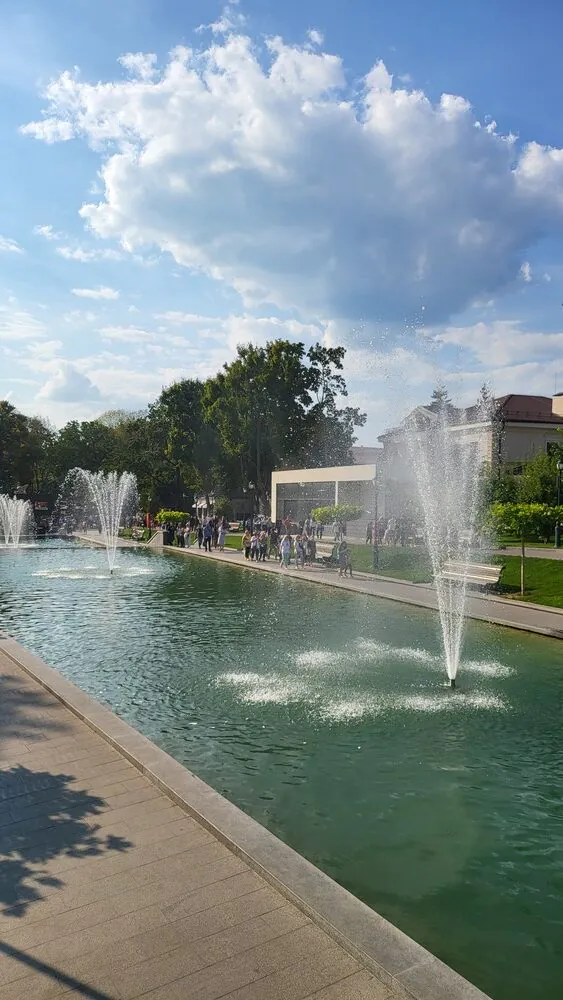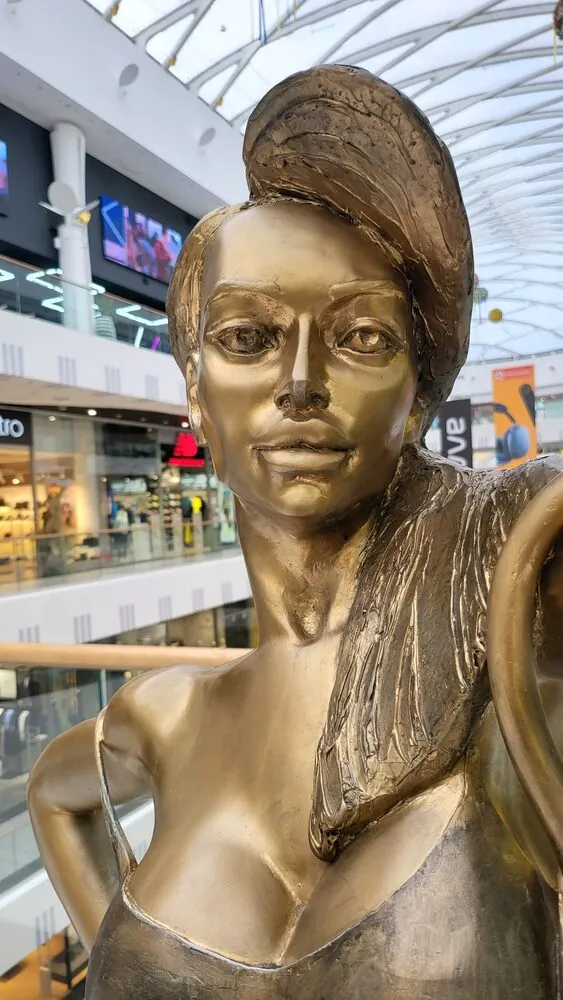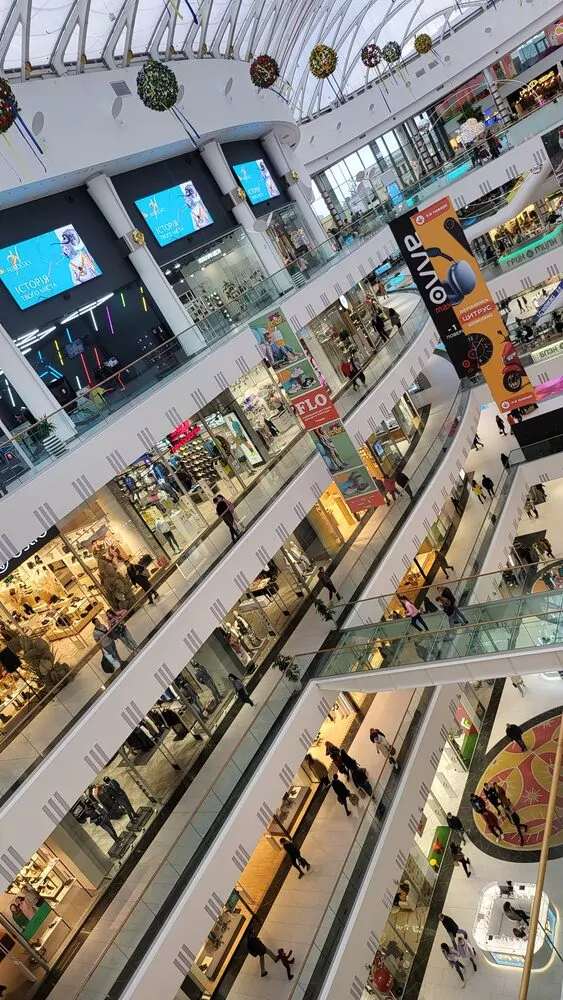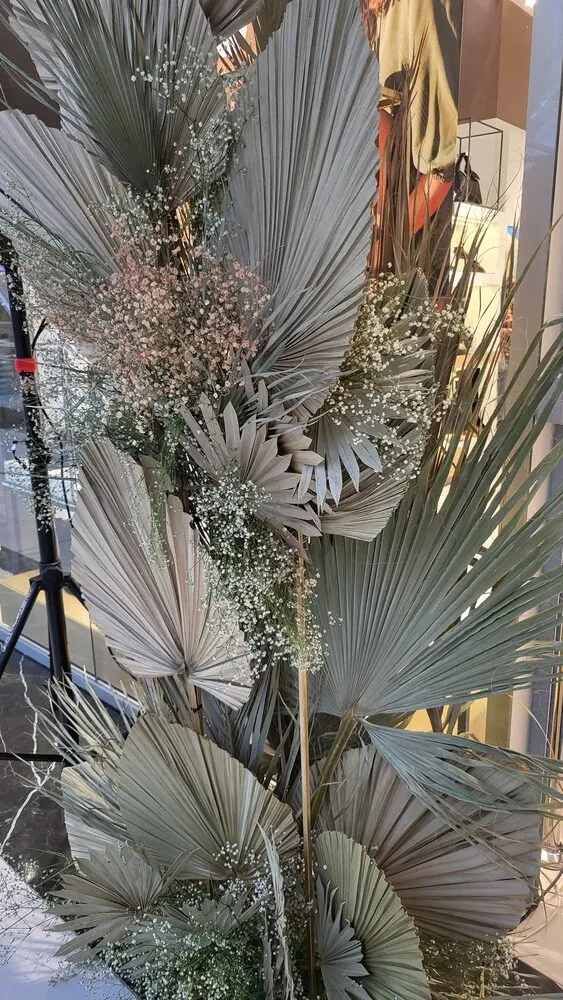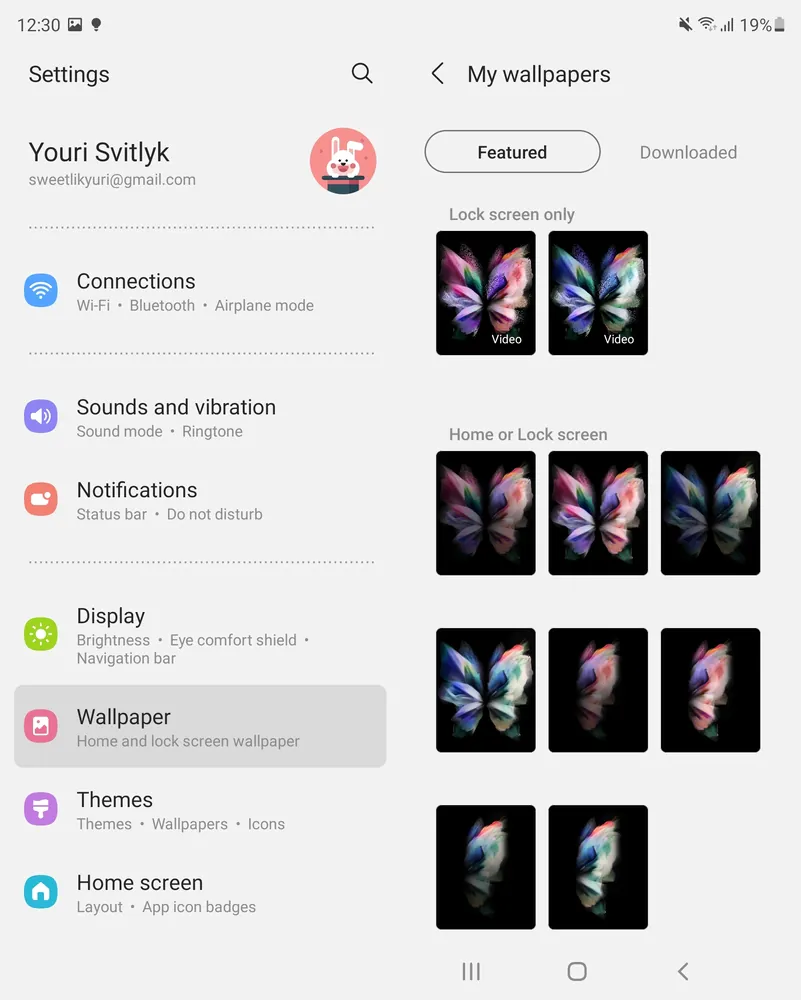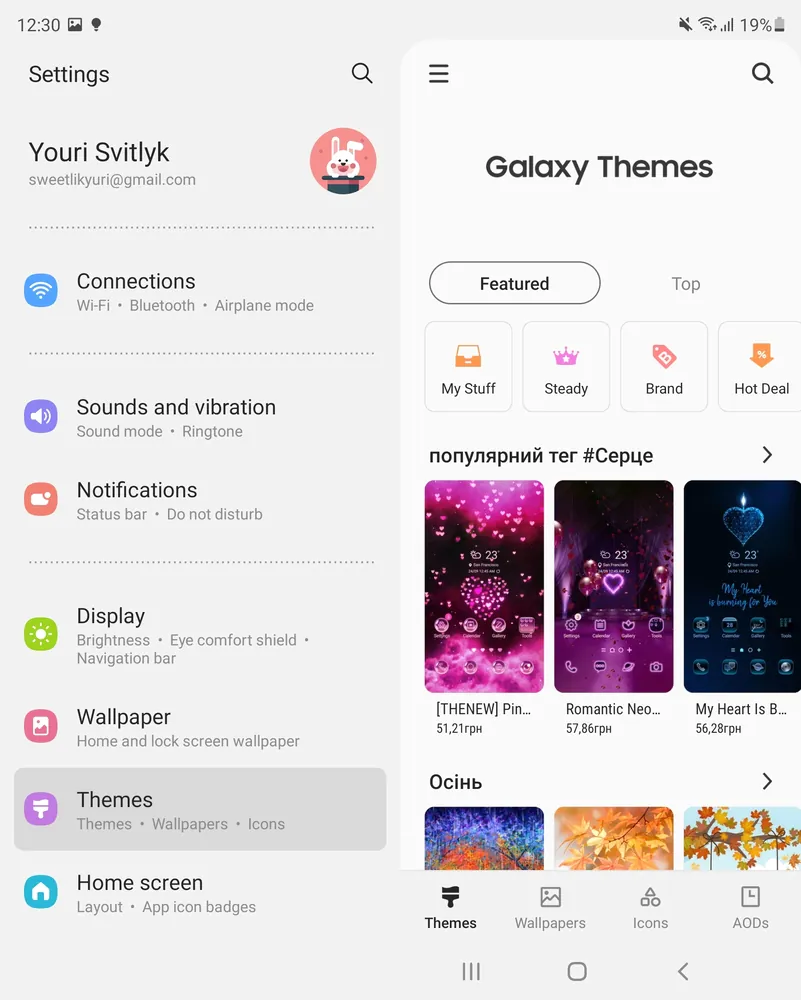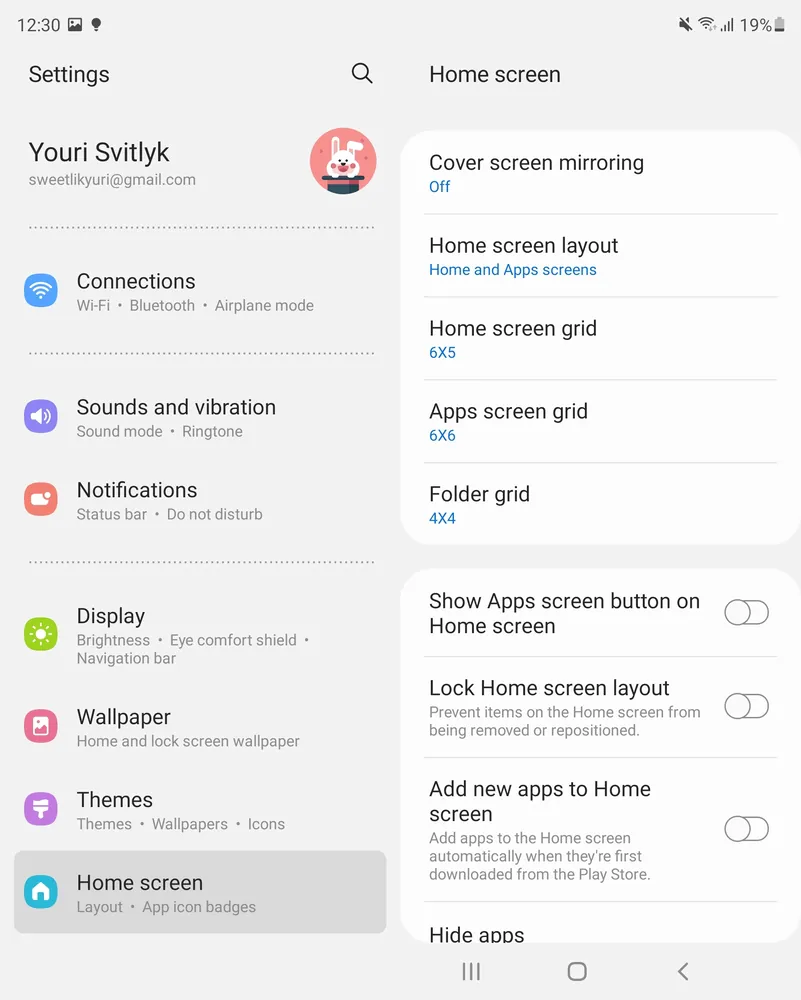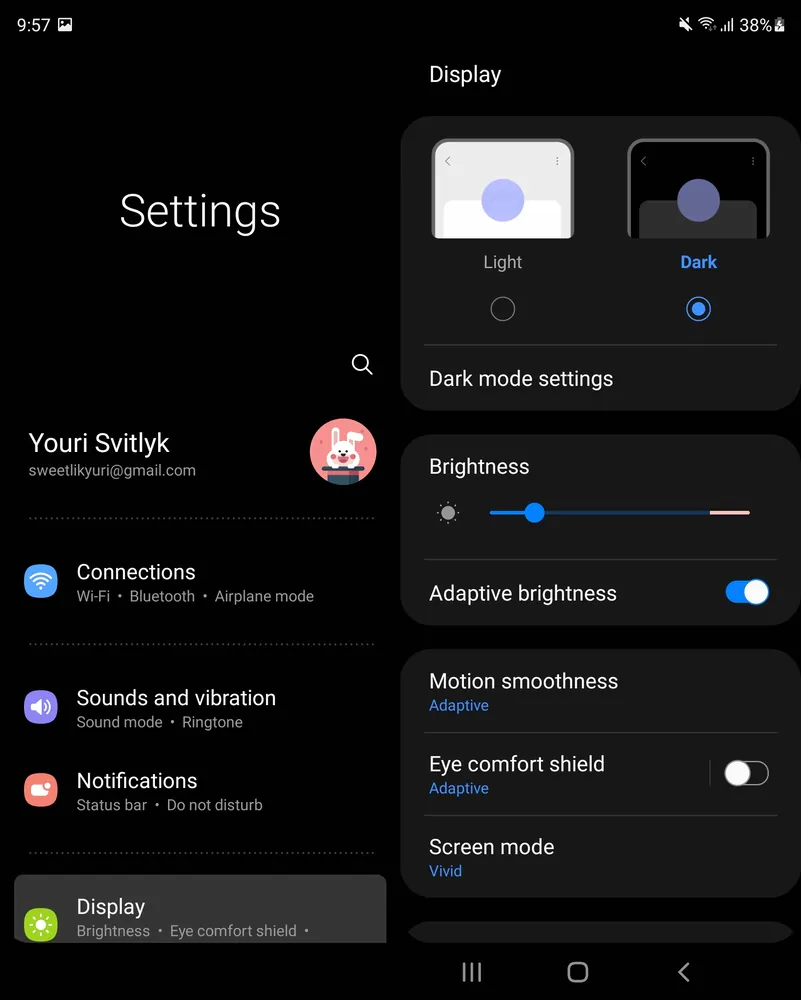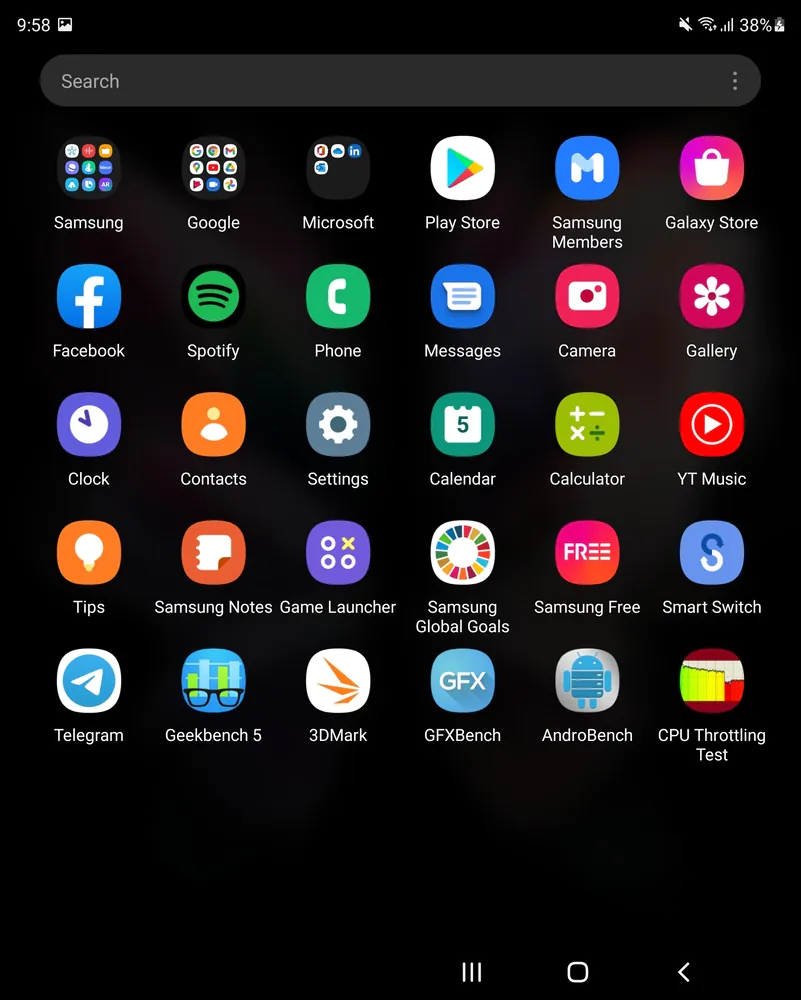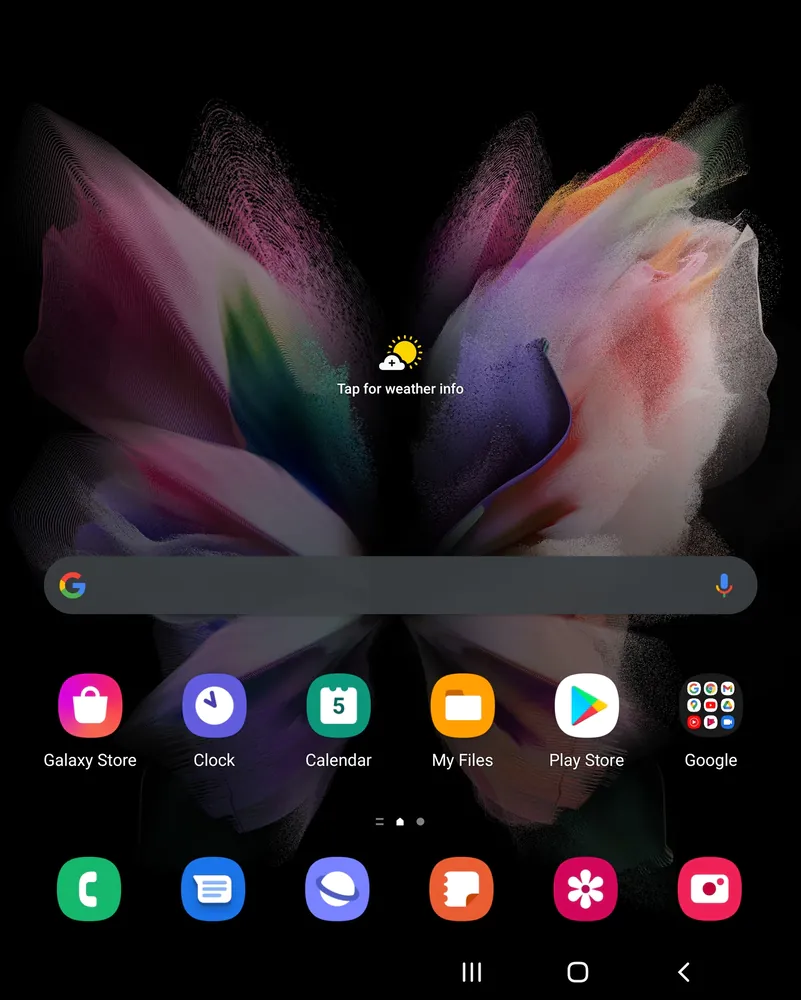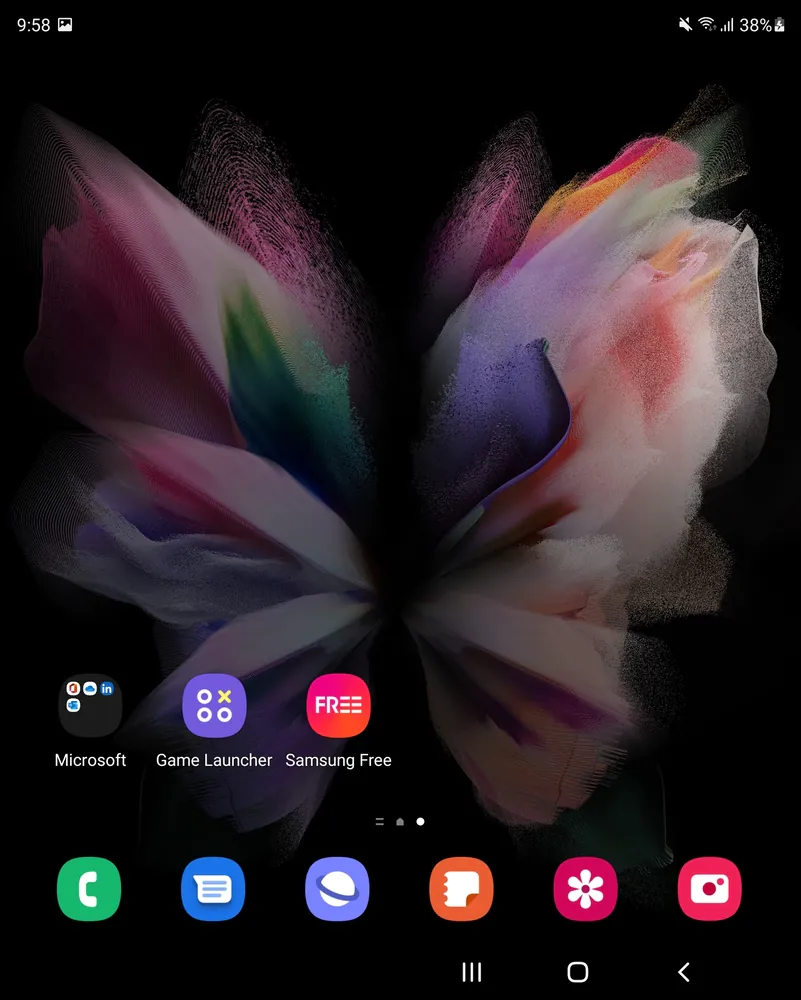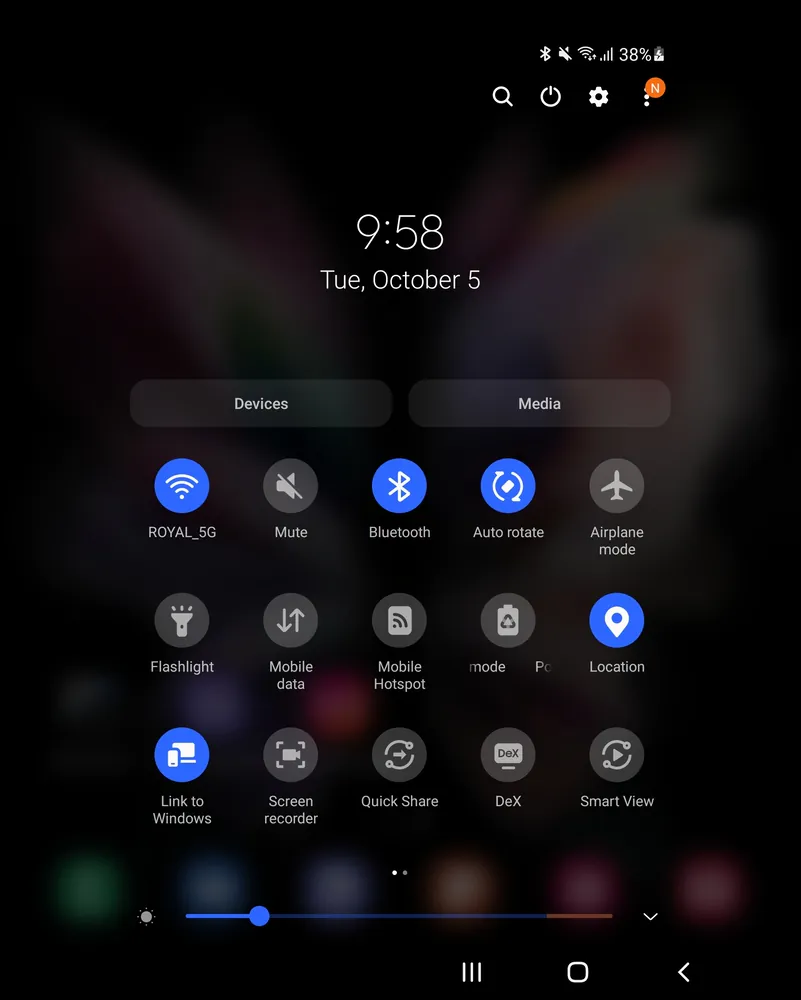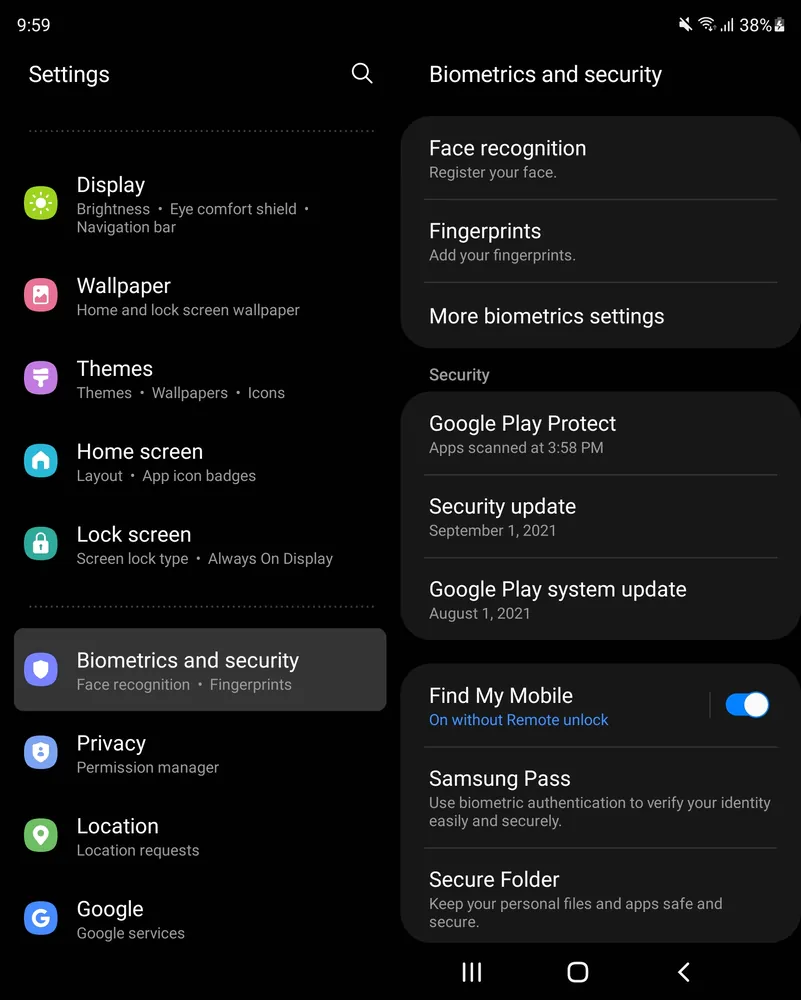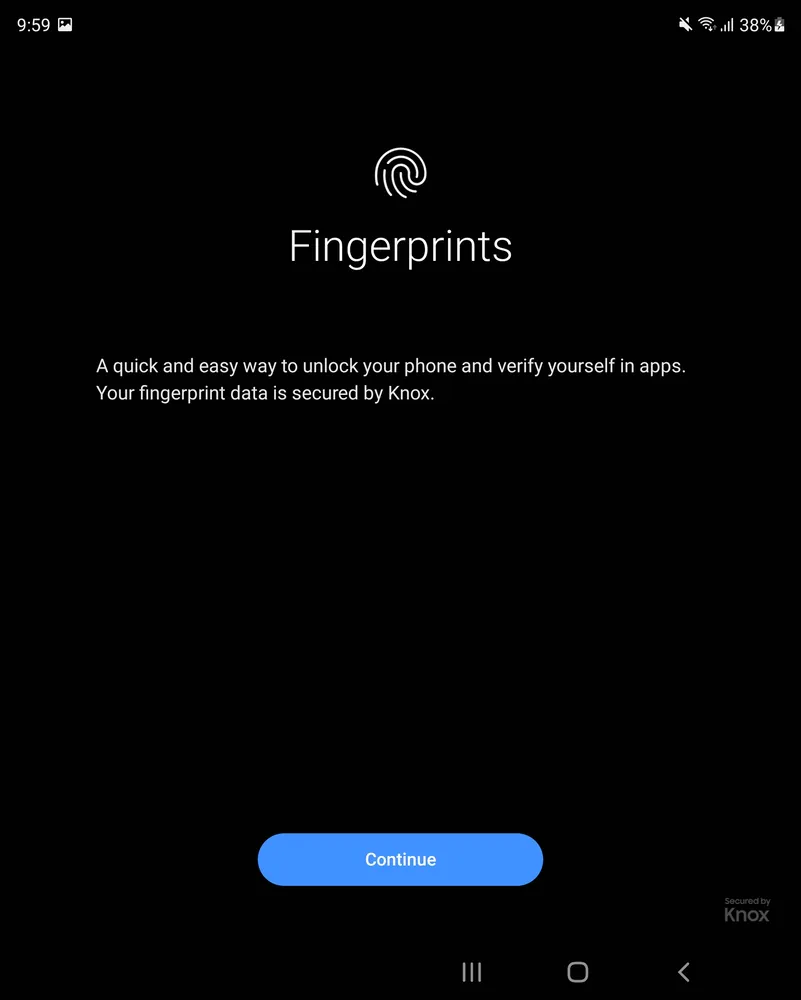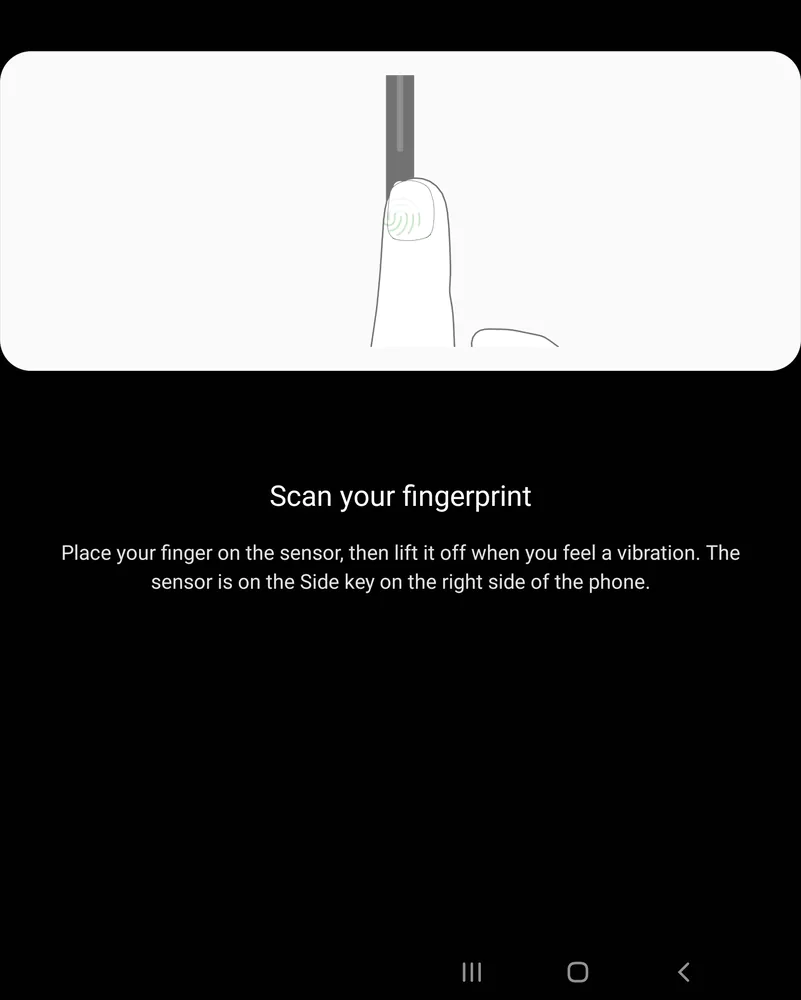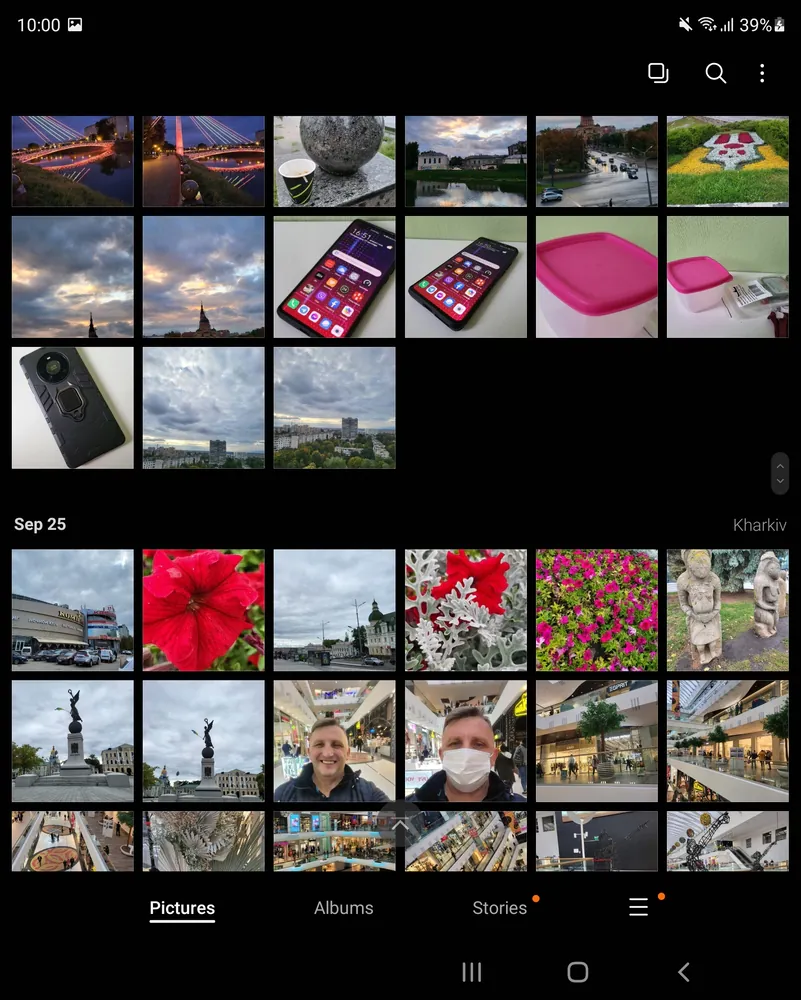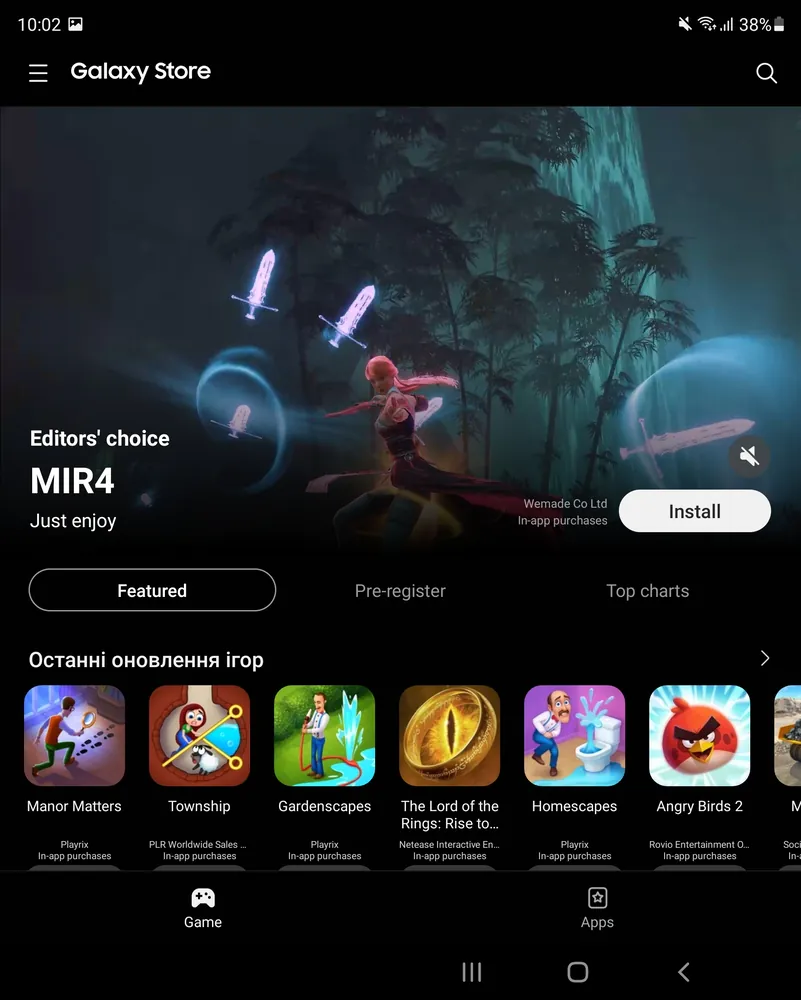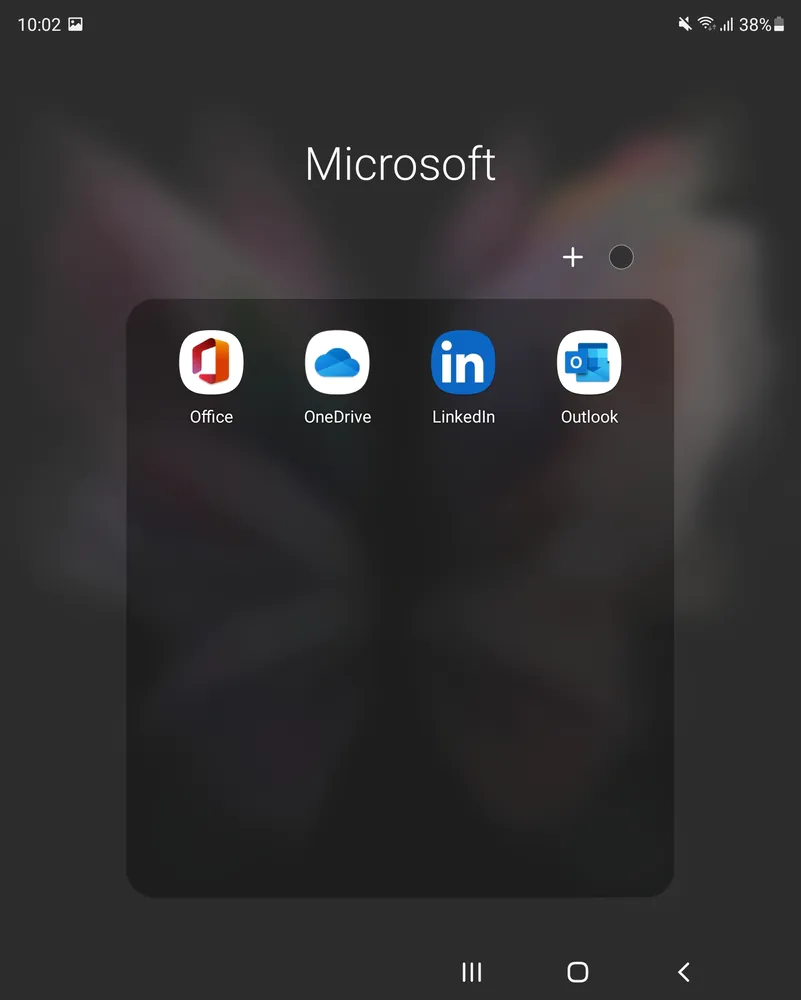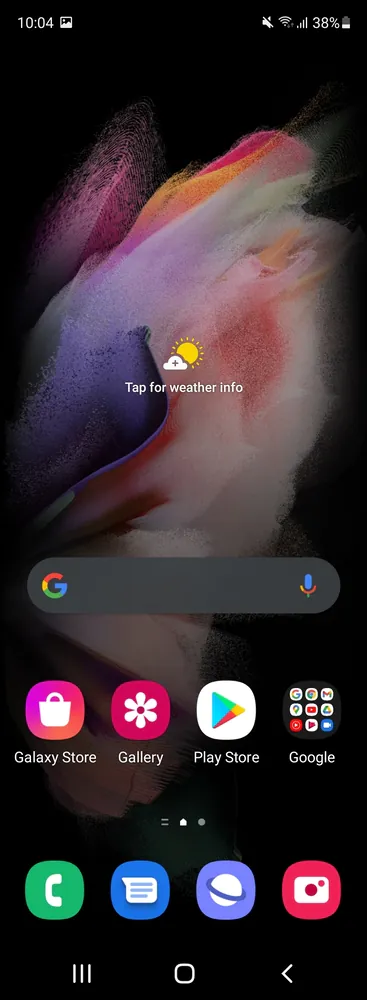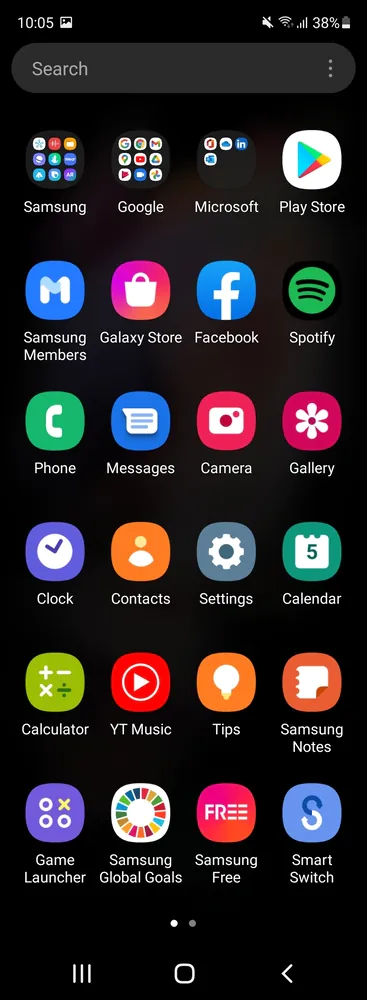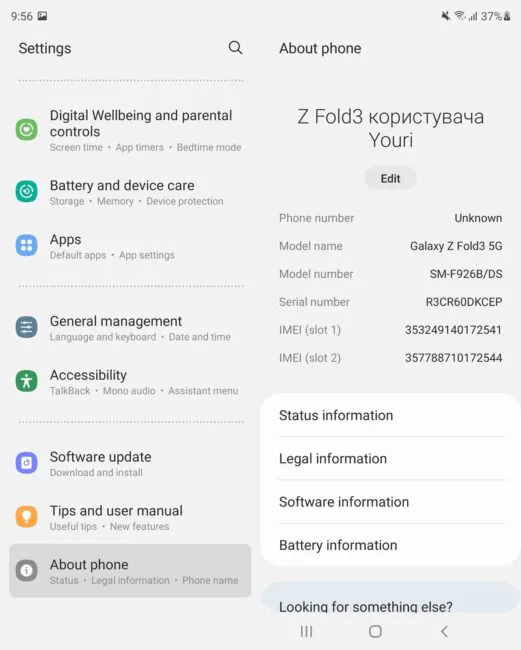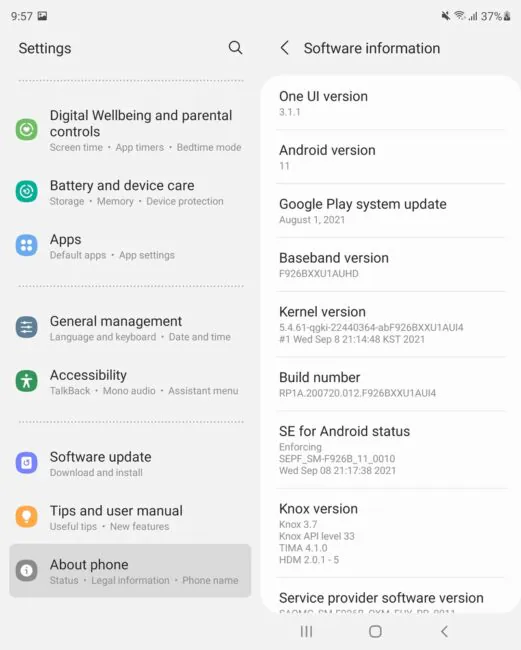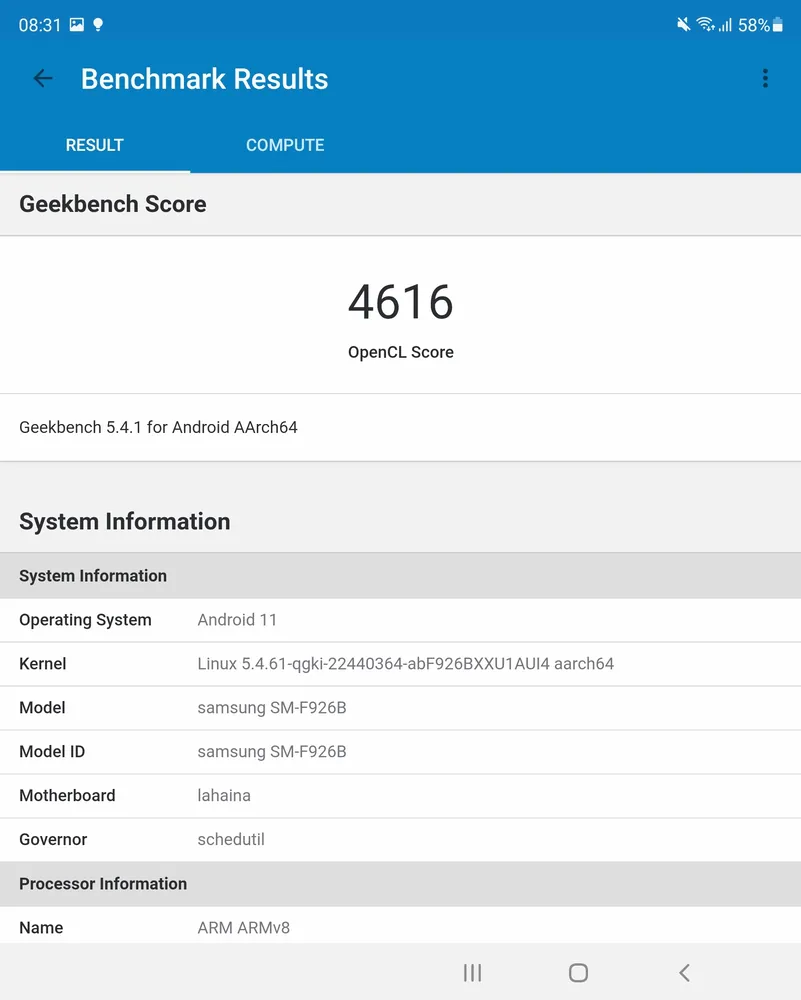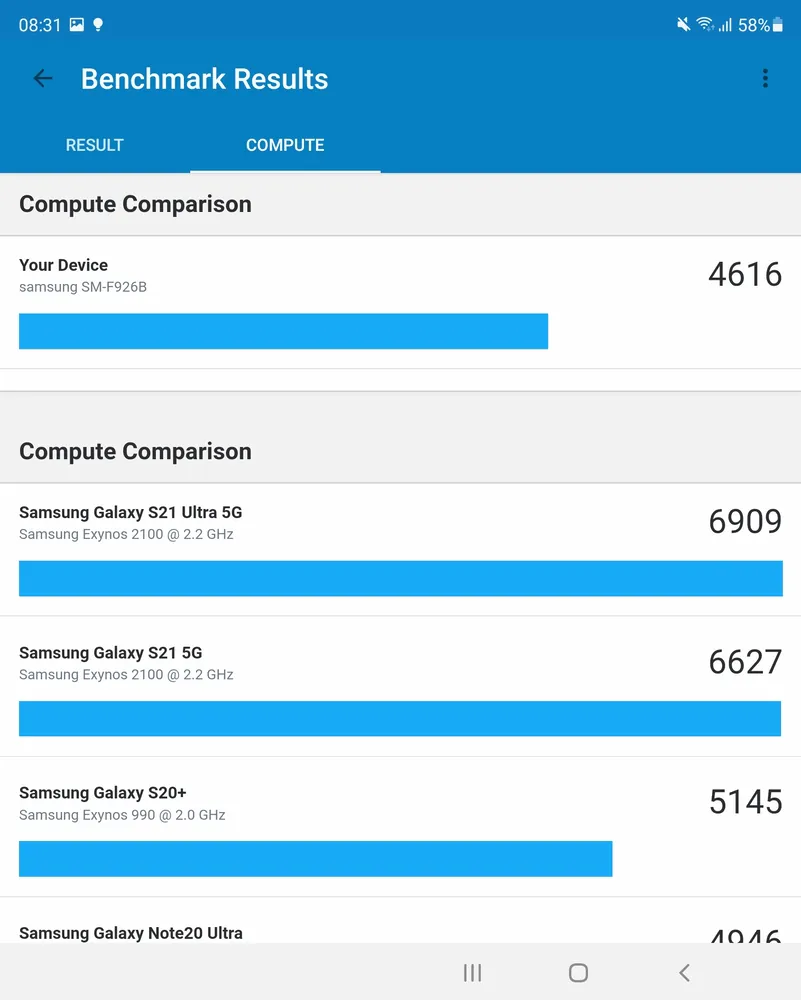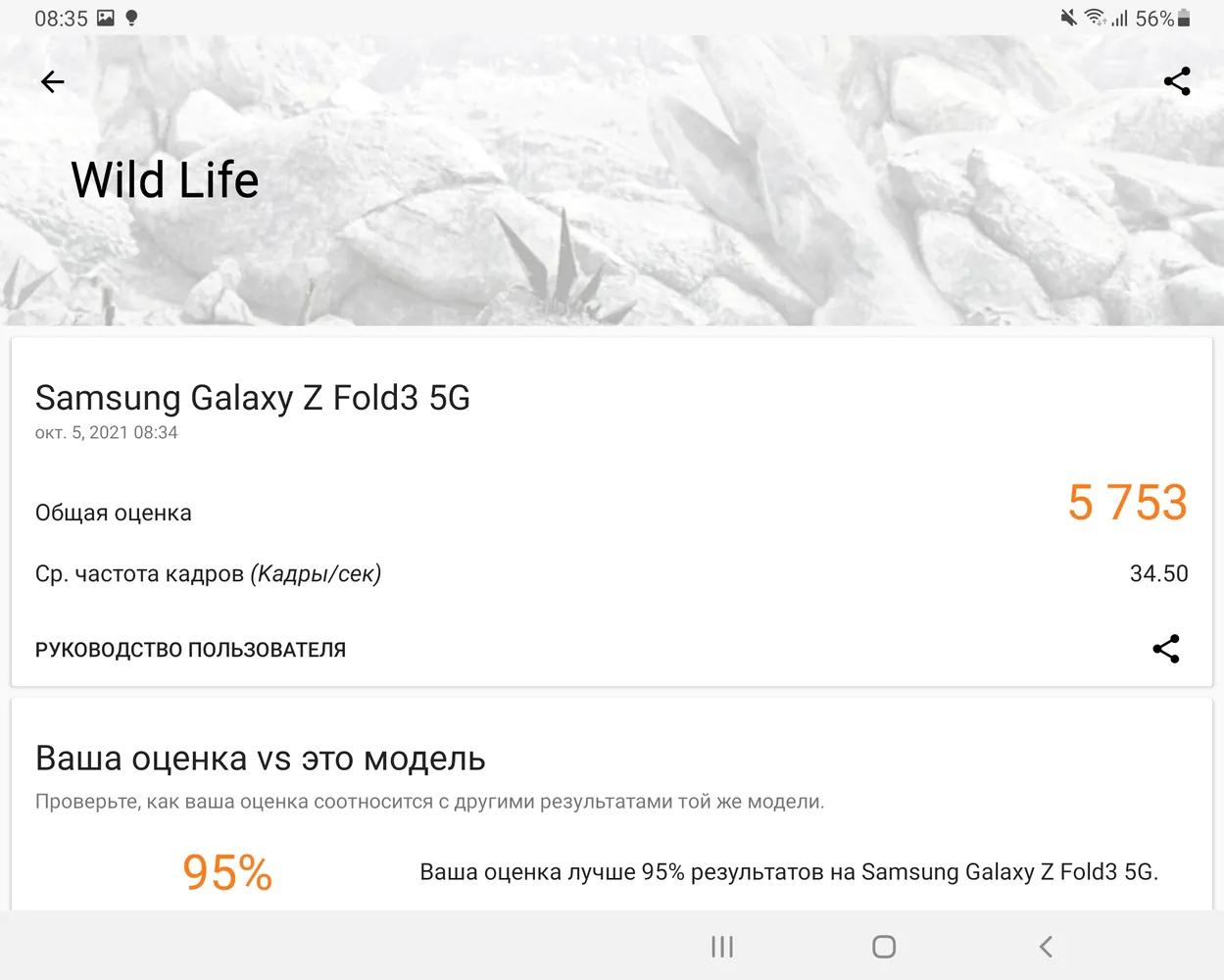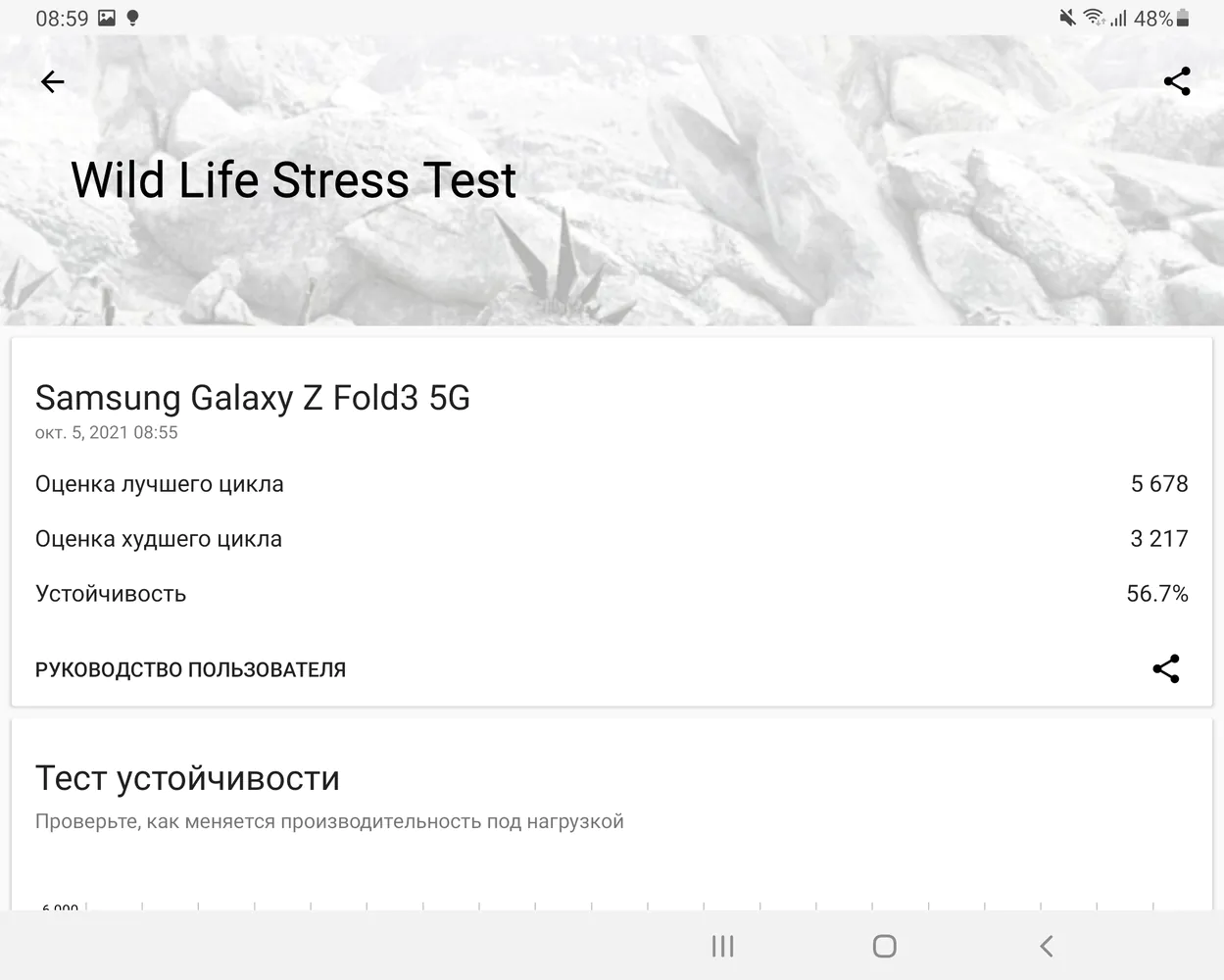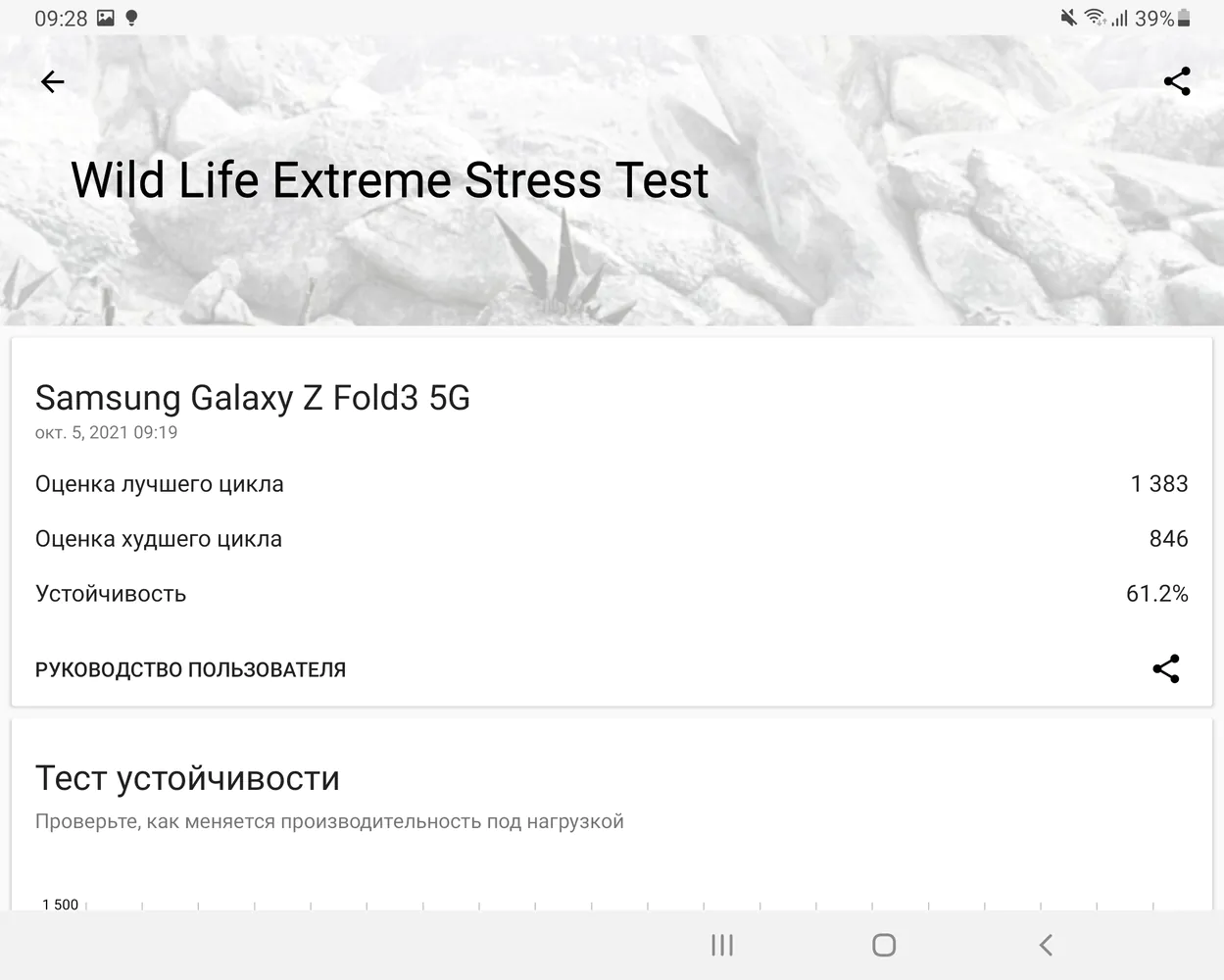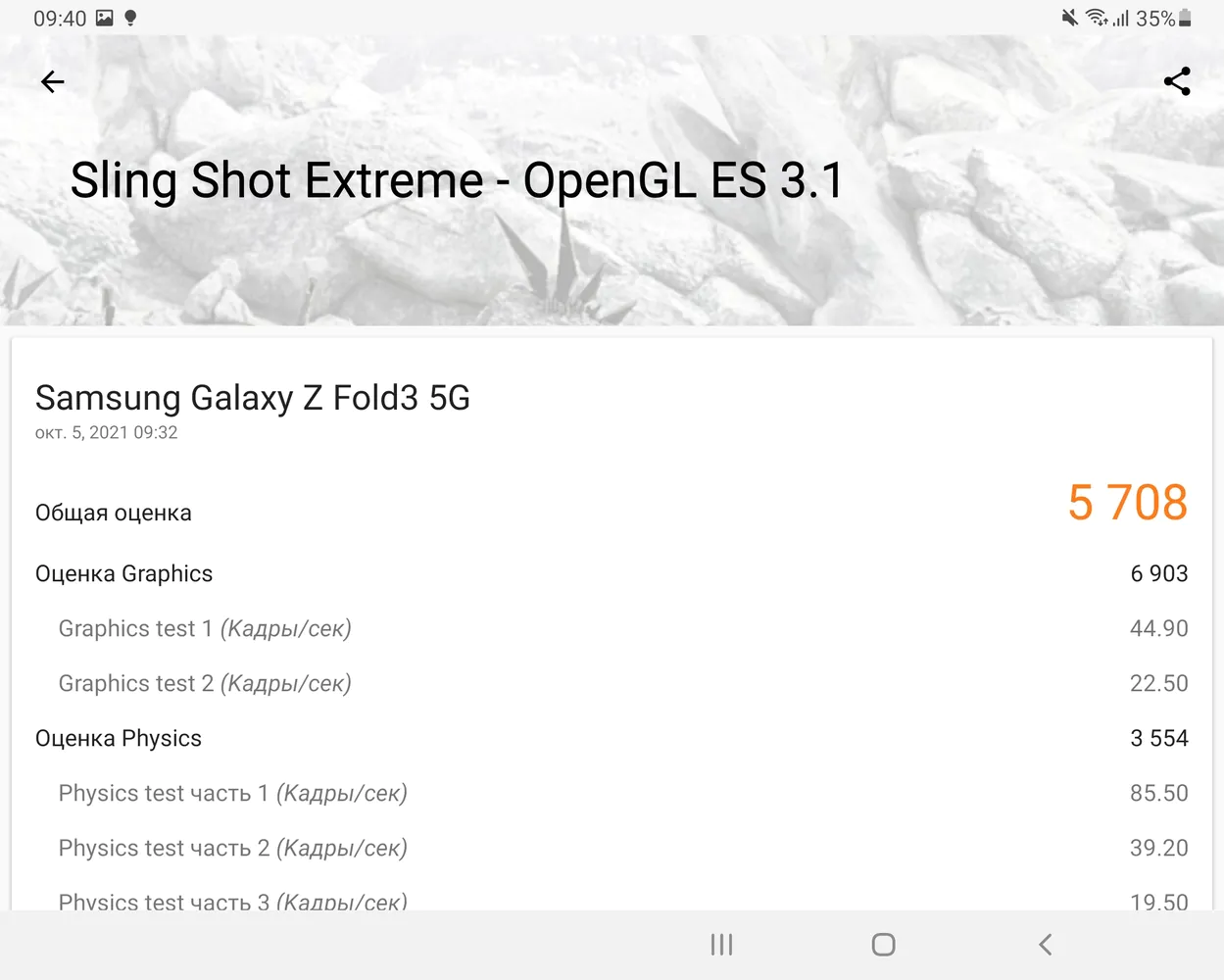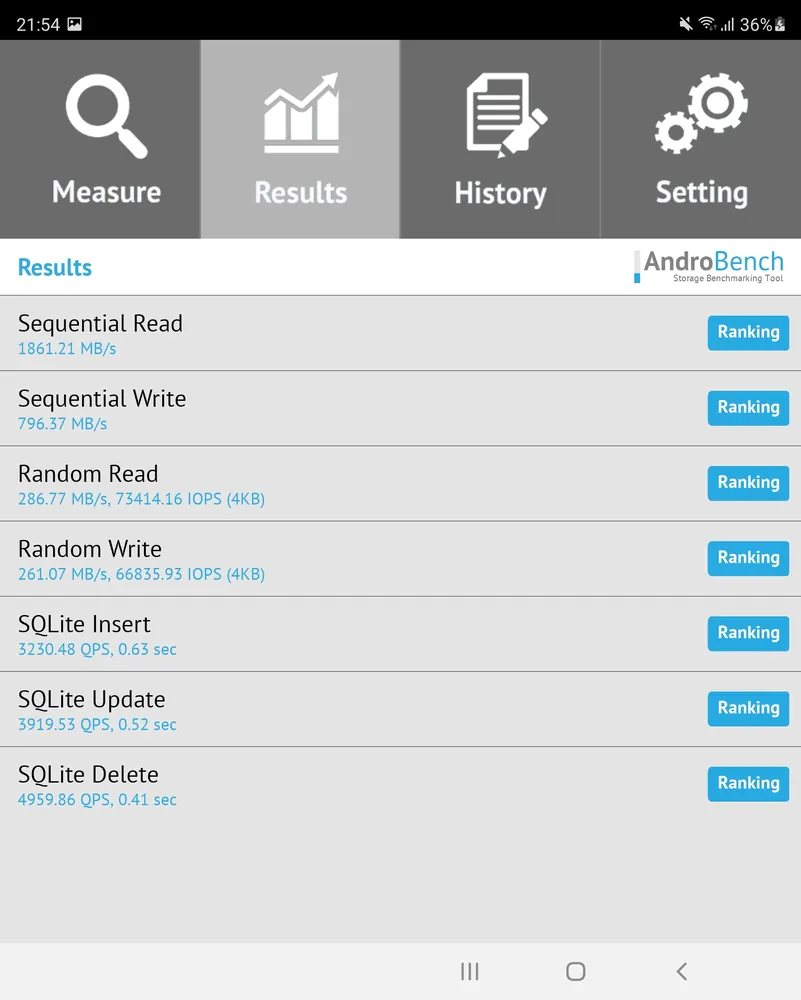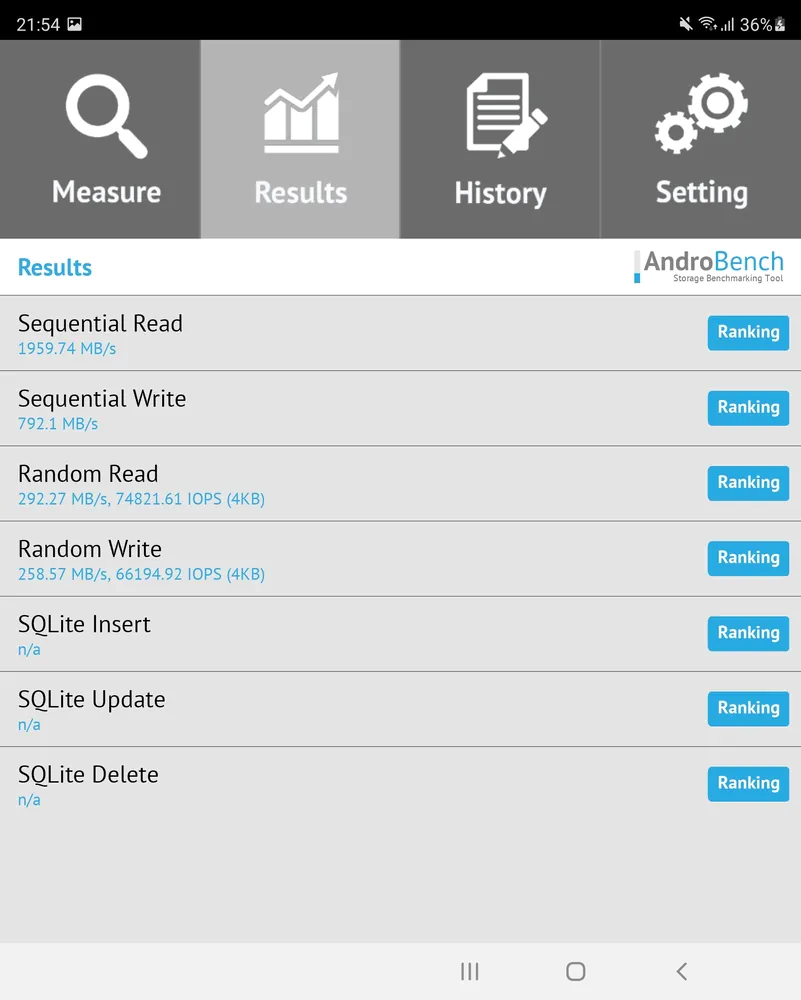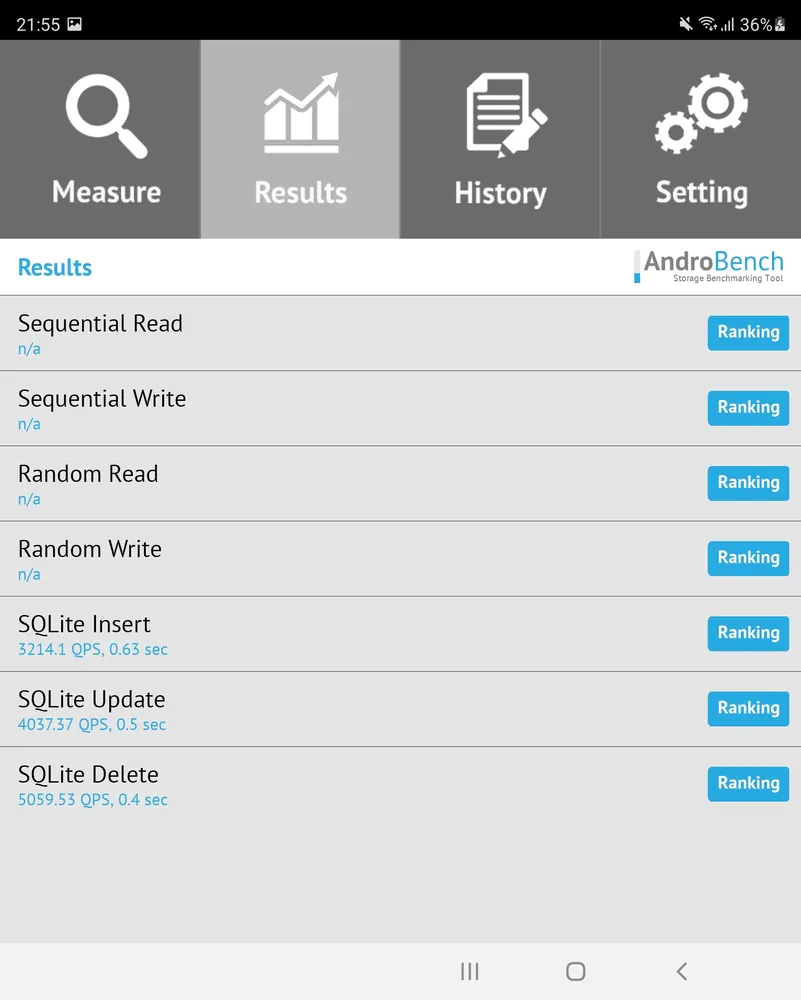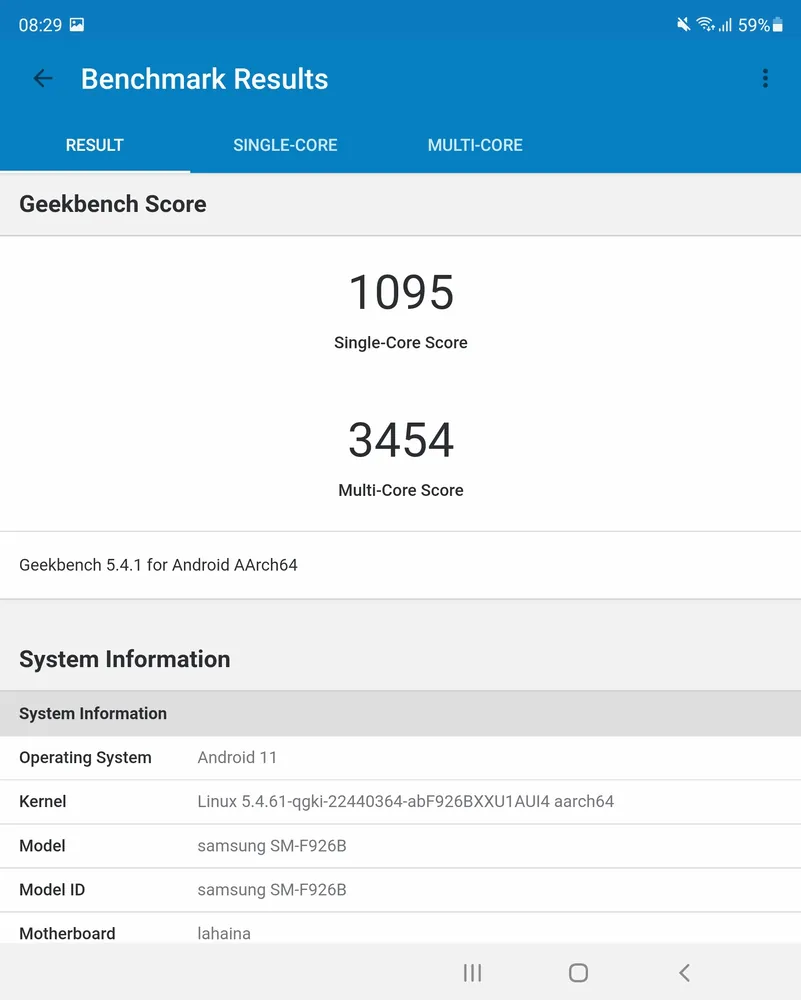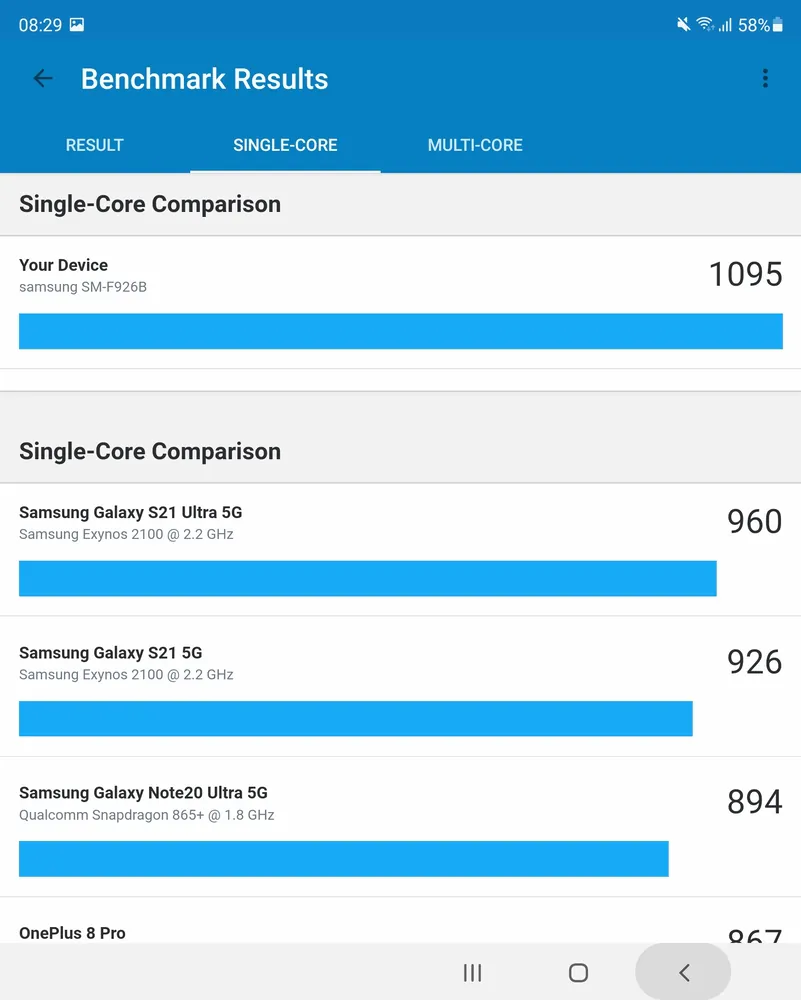© ROOT-NATION.com - Use of content is permitted with a backlink.
The Samsung Galaxy Z Fold3 5G is another attempt by Samsung to make us fall in love with folding devices with a flexible display. The latest model with an improved design has a lot of new features.
Samsung Galaxy Z Fold3 5G video review:
No need to read! Watch the video below:

At first glance, it may seem that there are not many differences between the previous and new generation of Samsung Galaxy smartphones of the Z Fold and Z Flip series, but it’s not like that, trust me. Samsung clearly dominates the market of foldable smartphones and has already mastered the technology of flexible displays. This gives the Korean company the opportunity to focus on improving other features, such as water resistance or the ability to use the S Pen, which are still quite a big task for foldable devices from a technological point of view. But in Samsung devices, these problems have already been successfully solved.
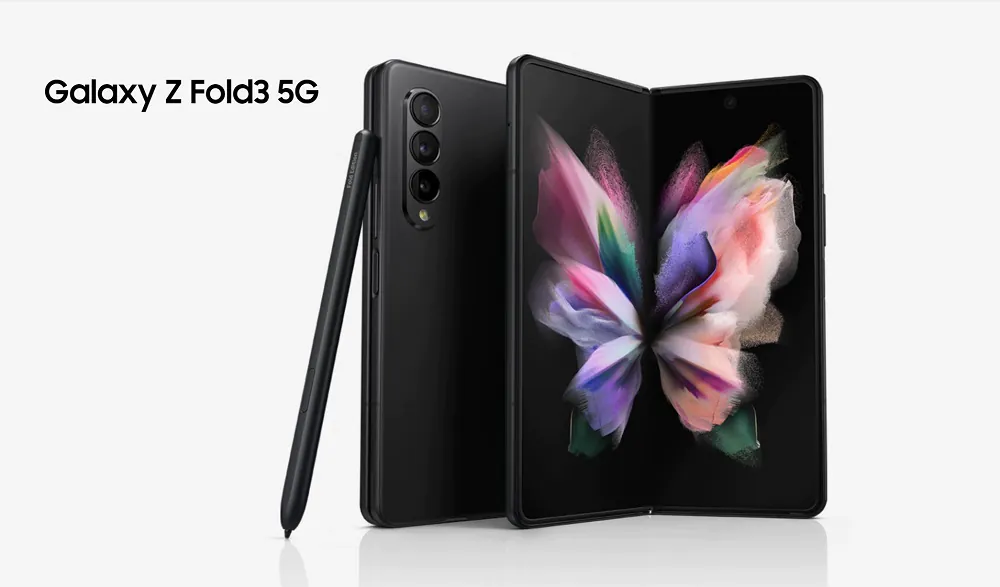
The Korean company believes in the market of foldable smartphones. And although I don’t think this type of device will displace smartphones with a classic design in the coming years, but it will definitely complement them, and we will see similar devices more and more often. If we talk about the Z Fold series, it is a device for a relatively narrow target group. For ordinary users, Samsung has a clamshell Galaxy Z Flip3 model, which this year also received a waterproof case, a more attractive design and a lower price comparable to the prices of classic flagship smartphones. Undoubtedly, all this should have a very positive effect on its sales.
Samsung is expected to sell about six million such devices this year, but Strategy Analytics estimates that this number should double next year, and by 2025 the number of foldable devices sold could reach about 120 million.
Should you consider buying the Samsung Galaxy Z Fold3?
There is no definite answer to this question. It all depends on your preferences, but there is no doubt that this is an interesting and innovative product.
When the third version of Samsung’s foldable smartphone debuted in August 2021, the opinion of experts, journalists and ordinary users was divided. Some admired the design and innovation, while others simply believed that Samsung was wasting money and time. But this was a very interesting experiment. The newest device, the Galaxy Z Fold3 5G, retains many of the properties of its predecessors, and at the same time offers new features that were lacking in previous versions.
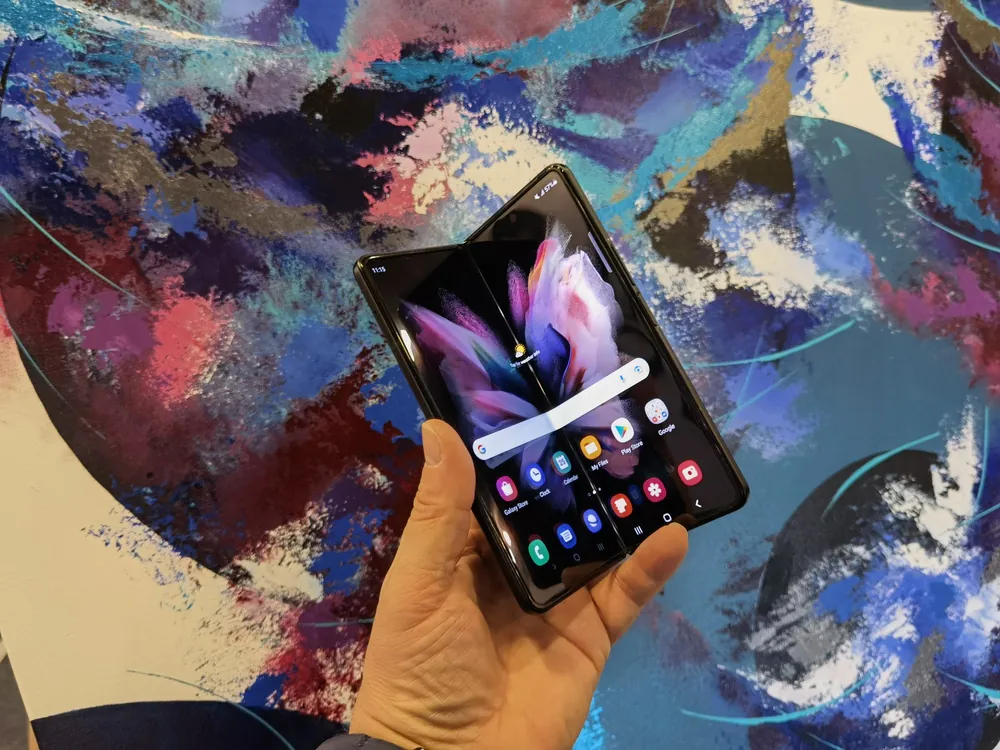
The most important changes are the water-resistant case and the ability to control the internal display using the S Pen stylus. These are two things that I was missing in the Galaxy Z Fold2 model. Among other innovations, there is, among other things, a camera with a lens hidden under the surface of the display, as well as 120 Hz refresh rate, which is now also available on a smaller outer screen.
The Samsung Galaxy Z Fold3 5G is a fascinating device that makes you want to use it. Has my opinion changed after three weeks of intensive daily use of this device? You can learn about this from the review.
Positioning and price of the Samsung Galaxy Z Fold3 5G
Before we begin our story about the new Samsung device, let’s talk a little about the price and positioning of the Galaxy Z Fold3 5G. Of course, in my hands is by far the most innovative and even revolutionary smartphone, which proves for sure that the market of foldable smartphones is developing rapidly. Maybe not as fast as many would like, but there are definitely a lot of interesting things going on.
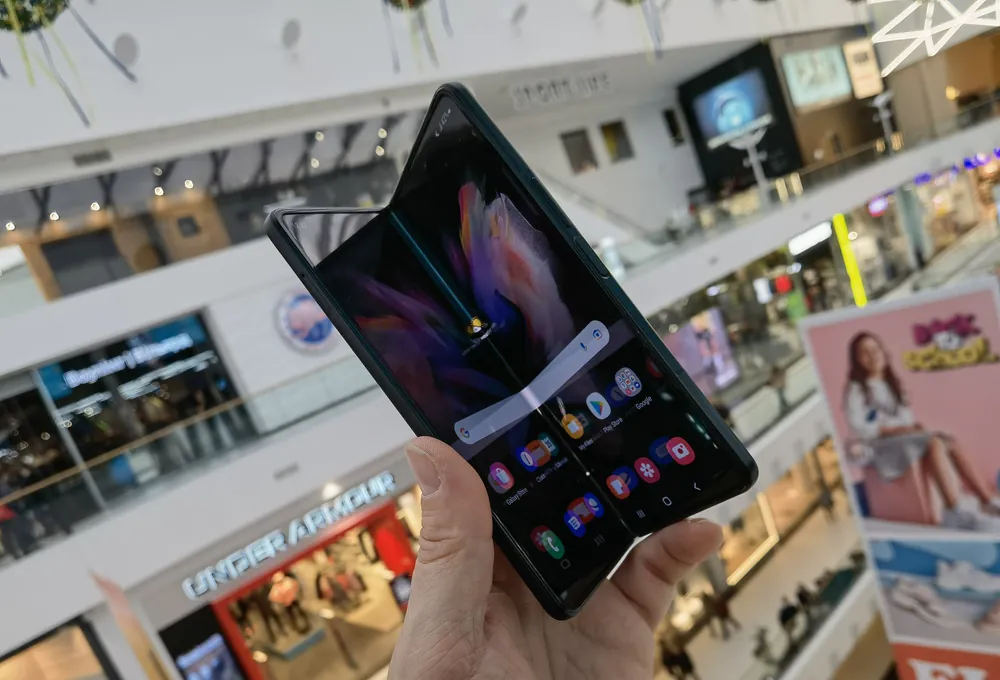
It’s no secret that foldable smartphones is still an expensive pleasure, so the price of such devices still remains high. Although the Galaxy Z Flip 3 has already proved that prices are gradually decreasing and no longer seem as frightening as before.
But the hero of my today’s review is still a niche and very expensive device. The price starts at $2088. With the price like that I was even afraid to test the device.
Design and build quality
Although the size of the Samsung Galaxy Z Fold3 is almost identical to the smartphones of the previous generation, thanks to some changes in the design it lies in the hand more securely and looks even better than before. Thanks to the new type of aluminum body, the developers also managed to reduce the weight by 11 g. Despite this, the smartphone weighs 271 g, which is a bit higher than usual, but compared to tablets it’s not so bad.
Samsung can also claims that the aluminum alloy it has developed is the most durable ever used in smartphones.
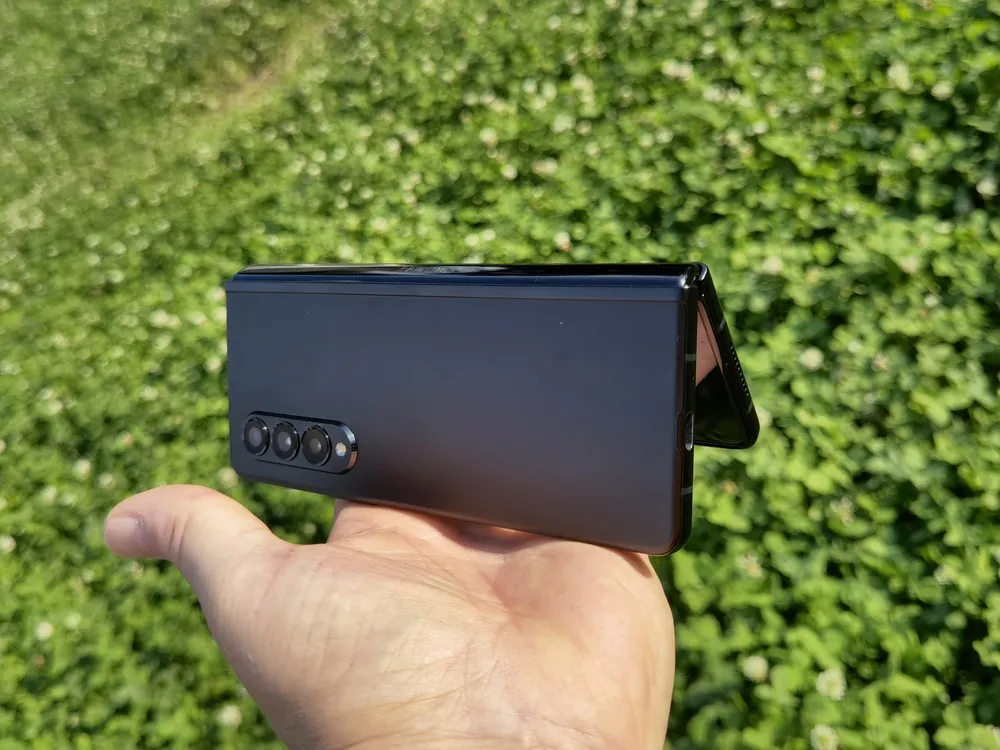
There are three color options to choose from – silver, dark green and black, which I tested. I personally really like these colors, they look stylish and respectable.
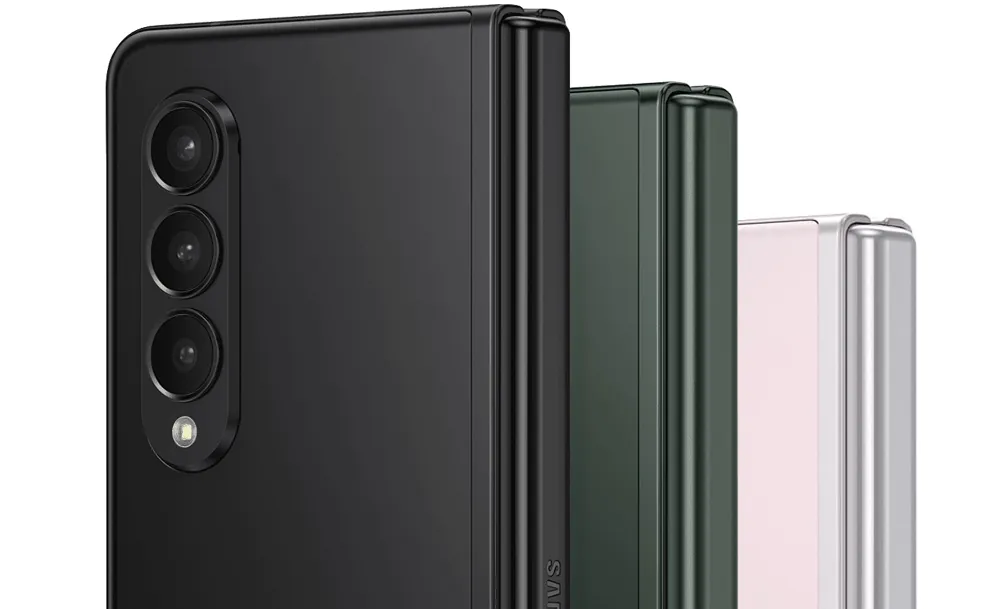
The back of the device is made of Gorilla Glass Victus and has a matte finish, thanks to which fingerprints are not so visible on it.
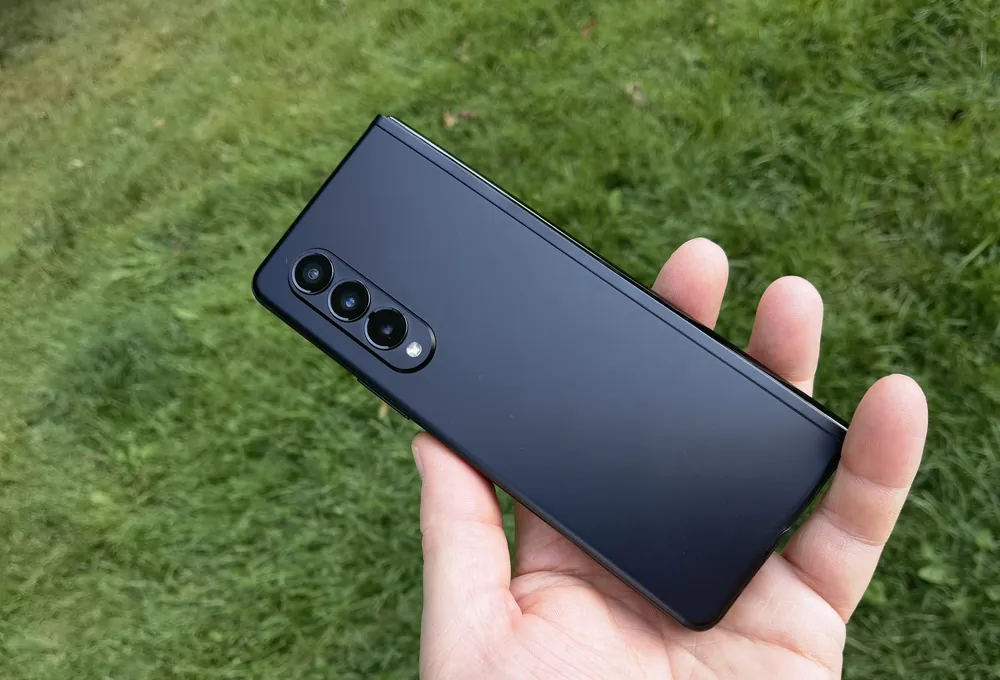
The fingerprint scanner is still located on the side and mounted in the power button, which is quite convenient, given the form factor of the smartphone: integrating it directly into the display does not make sense for devices with such a design. And, as in the previous generation, the scanner is fast and accurate.
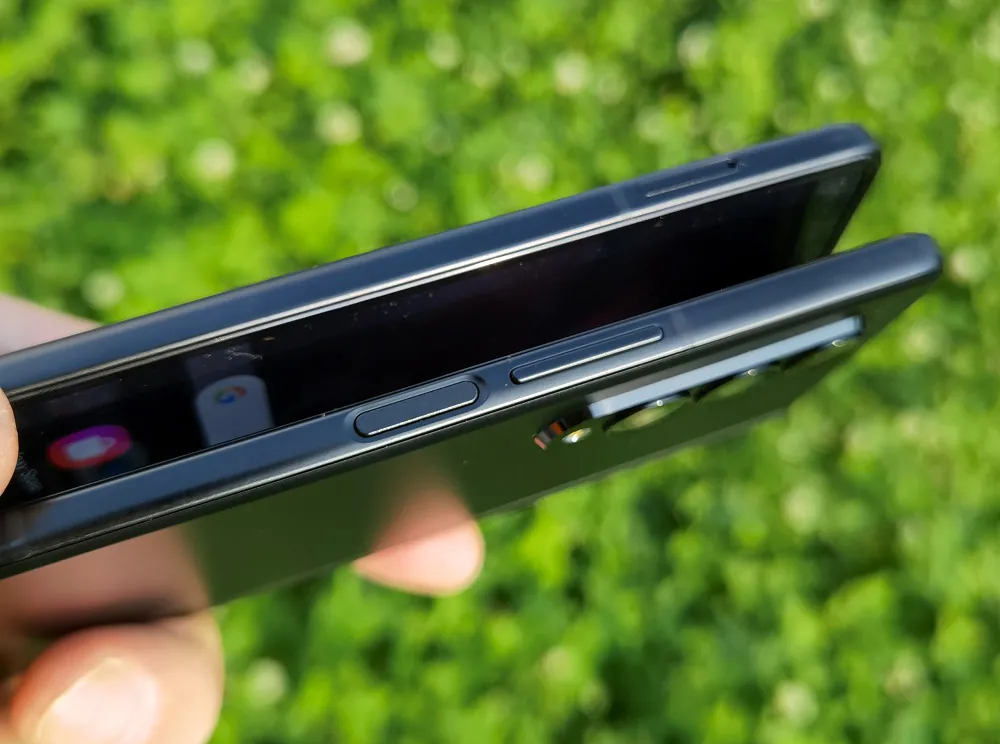
On the sides of the device we find two stereo speakers with Dolby Atmos certification, which provide very high quality and loud enough sound. The hinge itself should have decent endurance. Samsung guarantees 200,000 uses. With a frequency of 100 unfoldings per day, the phone should last 5 years, which is a good indicator.

As in the previous generation, the hinge can be left locked in any position from 75° to 115°. The articulated mechanism also includes cleaning bristles that prevent small contaminants from entering the structure itself.
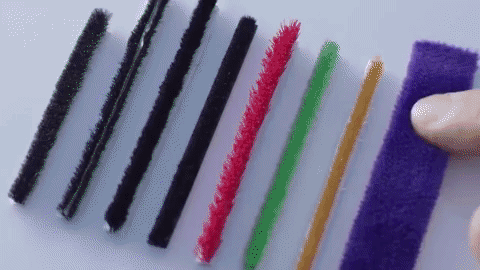
When closed, there is a small gap between the two halves of the display. When carried in a pocket, fine dirt or dust still gets into this area, but larger particles no longer do. Therefore, it would not hurt to clean the display from time to time.

Waterproof body and more durable polyamide film
Another new feature is IPX8, which means full resistance to water for 30 minutes at a depth of 1.5 meters, but this standard does not protect against dust. I have been a fan of flexible phones for a long time, but even I was surprised to see water resistance in devices of this type.
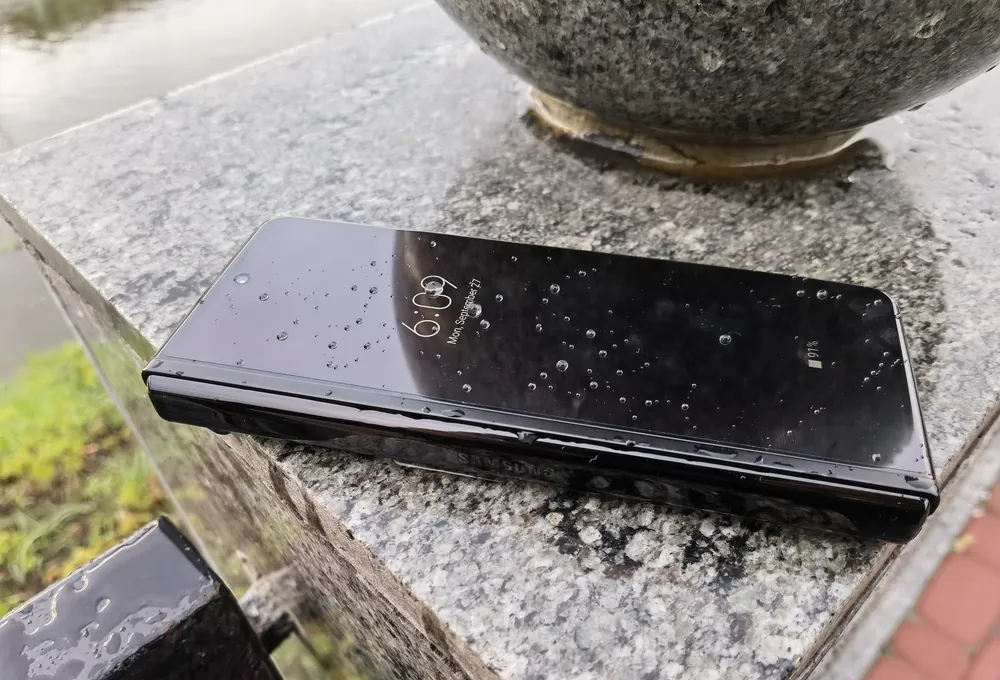
The motherboard, chips and other components that are installed in both halves of the Galaxy Z Fold3 are protected from water in the same way as regular smartphones. Water only gets into the joint, which should not worry you, since there are no electronics there. In addition, the joint is made of stainless steel. A similar solution can be found in the Galaxy Z Flip 3 clamshell.
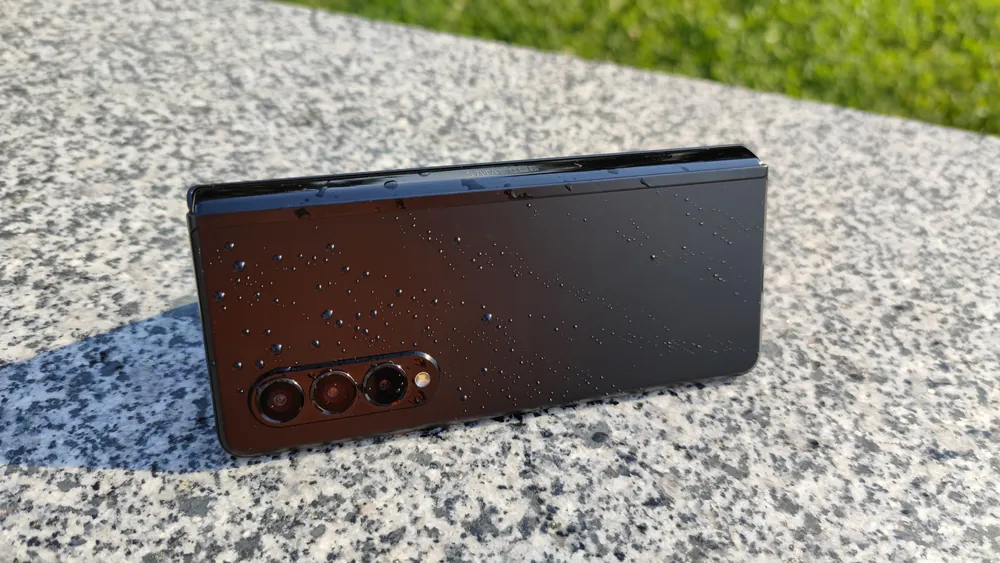
Despite this degree of protection, I would not recommend intentionally taking a smartphone with you to the pool or trying to take pictures with it while it’s raining. Still, if the smartphone accidentally gets wet or falls into the water, it won’t die immediately.
The flexible display is protected by a polyamide film. In the first generation of Fold, the screen protection was not very strong, but in the second it has been improved. Some of my colleagues who have used the Galaxy Z Fold2 almost since its release say that there are practically no scratches visible. The only problem that some have encountered is the peeling of the film at the bend, about six months after use, and then only in isolated cases. But that issue was easy to fix.
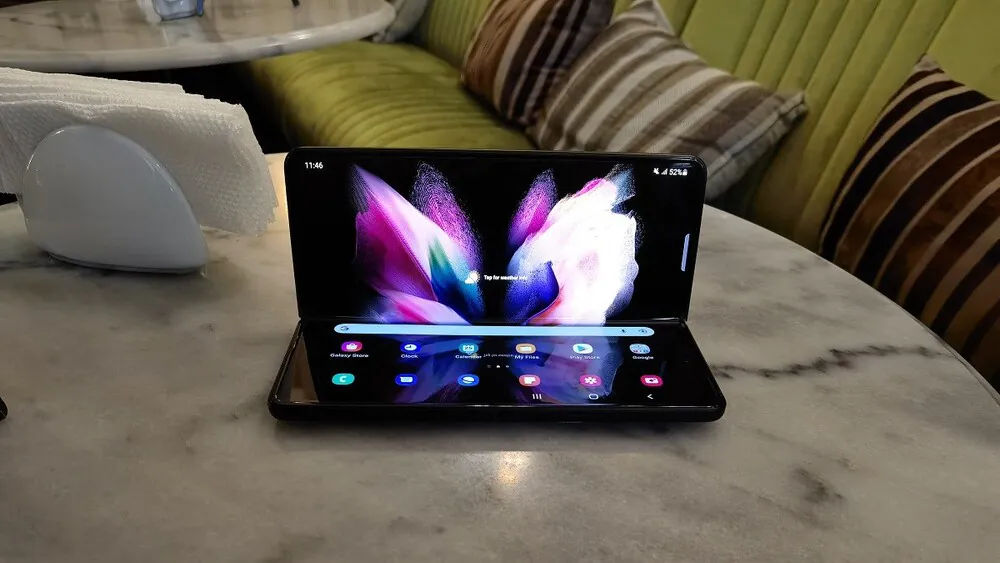
Still, the Galaxy Z Fold3 uses a completely new type of film, which is supposed to be 80% more durable. And if the film itself starts to peel off, you can contact the Samsung service center and ask them to replace it (this also applies to the second generation).

With the use of stronger and more durable materials and improved film in new products this year, as well as the introduction of water protection, Samsung is trying to increase interest in foldable devices and instill confidence in their reliability. By the way, according to the Korea Herald server, more than 450,000 people have already pre-ordered the device in their South Korean Samsung store, and the total number of Galaxy Z Flip3 should grow to 800,000 sold models. For comparison, last year Samsung registered only 80,000 pre-orders for the Galaxy Z Fold2 in this market.
Both displays support a refresh rate of 120 Hz
The Samsung Galaxy Z Fold3 5G is equipped with two magnificent Dynamic AMOLED 2X displays with support for 120 Hz. According to the manufacturer, the frequency dynamically adjusts to the tasks performed, so in some situations it may be lower. We can also choose the standard frequency (60 Hz).
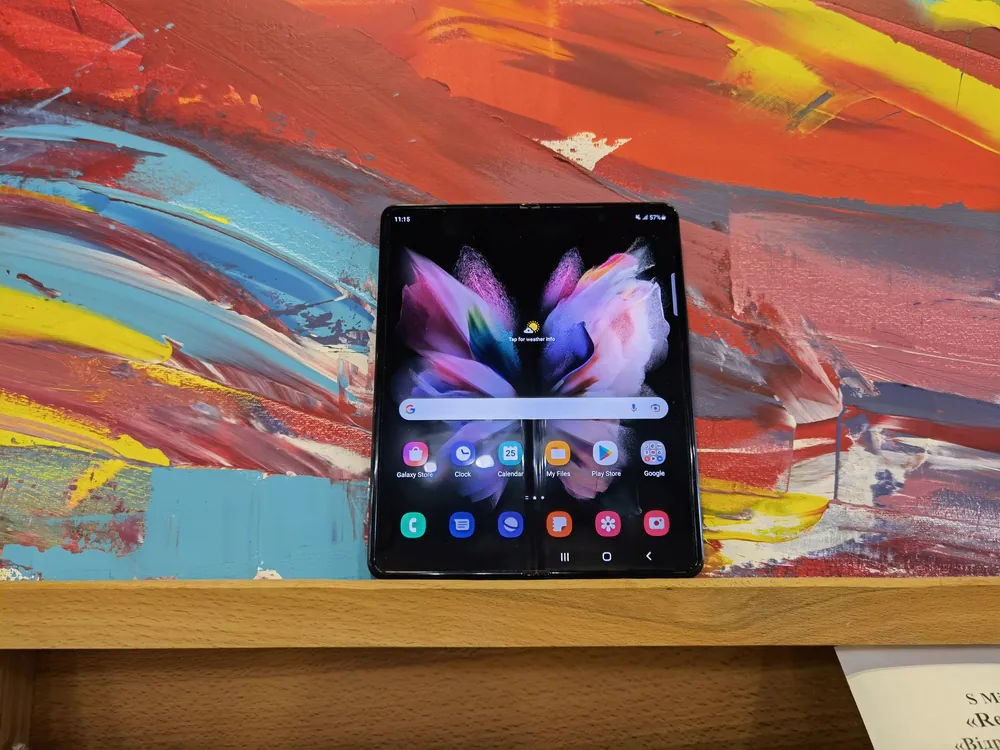
The internal curved display has a diagonal of 7.6 inches and a resolution of 1768×2208 pixels, with a density of 372 ppi.
The smaller external screen has 6.2 inches and a resolution of 832×2268 pixels with a density of 390 ppi. In both cases, the projected image has good sharpness and no distortion at the edges.
In addition, as befits Samsung flagship displays, it has excellent contrast, pleasant saturated colors and high brightness. The maximum value measured in automatic mode was 915 nits for the larger display and 996 nits for the smaller one. This allows for good readability in all typical conditions. The measured maximum with manual brightness adjustment was 465 and 409 nits, respectively.
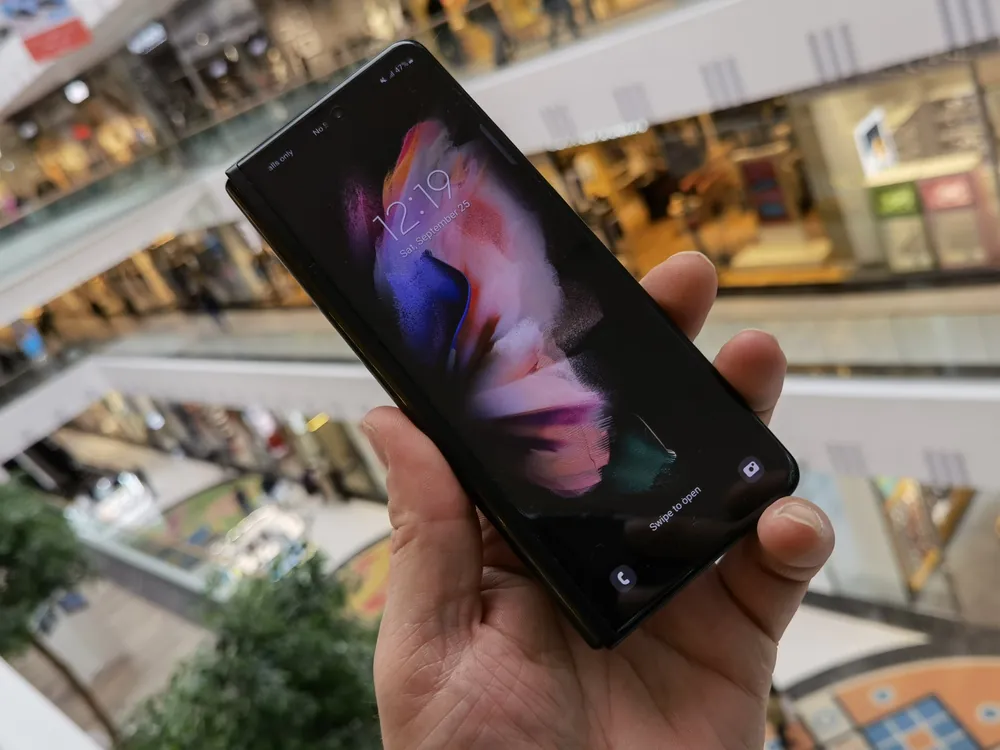
As for the quality of colors, there are two modes. By default, bright mode is enabled, in which we can additionally adjust the white balance manually. If you want less saturated colors, you can enable natural mode, in which the displayed colors are better compatible with the sRGB range. The results of colorimetric measurements for both displays are presented in the tables below.
| Main screen | ||||
| Mode | White balance | Gamma coverage | Gamma volume | Average ∆E value (max.) |
| Bright | 6112 K | 100% sRGB 100% AdobeRGB 100 %% DCI P3 |
217,2% sRGB 149,7% AdobeRGB 153,9% DCI P3 |
5,76 (13,62) |
| Natural | 6508 K | 98,2% sRGB 74,8% AdobeRGB 78,1% DCI P3 |
110,9% sRGB 76,4% AdobeRGB 78,5% DCI P3 |
1,49 (4,54) |
| Front-screen | ||||
| Mode | White balance | Gamma coverage | Gamma volume | Average ∆E value (max.) |
| Bright | 7232 K | 99,8% sRGB 98,7% AdobeRGB 97,1 %% DCI P3 |
191,2% sRGB 131,8% AdobeRGB 135,4% DCI P3 |
5,25 (14,82) |
| Natural | 6805 K | 98,9% sRGB 77,5% AdobeRGB 79,5% DCI P3 |
117,1% sRGB 80,7% AdobeRGB 83,0% DCI P3 |
3,06 (6,00) |
System settings allow you to change not only the refresh rate, screen mode and brightness, but also some additional parameters. For example, you can enable dark mode, which on AMOLED screens should result in slightly lower power consumption (black pixels do not glow). There is also a blue light filter and a feature that increases sensitivity to touch.
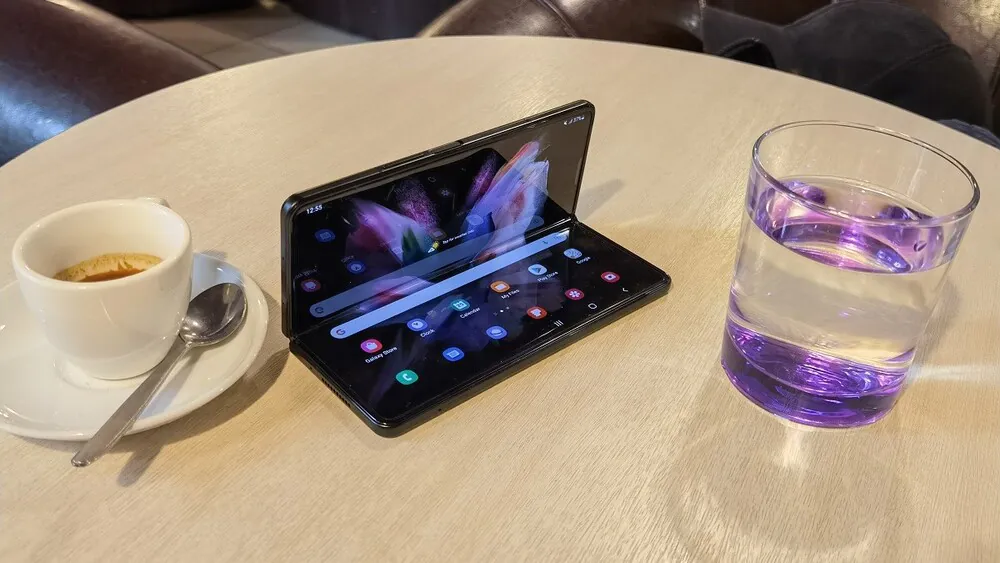
I would like to elaborate a little more about the adaptive refresh rate of the screen. According to Samsung’s assurances, the adaptive refresh rate should be less energy-intensive than when using standard 60 Hz, but after three weeks of testing, I can’t confirm this.
Adaptive frequency means that both displays can operate in the range of 10 to 120 Hz, depending on what you are doing. During the gameplay, of course, it is advisable to use higher frequencies, and when reading the text, choose low refresh rate.
Thus, the frequency dynamically adapts to your needs, which sounds great, but it kills the battery so much faster than when switching to the standard 60 Hz. And since all versions of Fold behave exactly the same, I don’t think it’s just a software problem. In other words, adaptive frequency makes you lose charge faster.
And what about the crease, is it still noticeable?
The display quality is absolutely at the highest level. Readability in the bright summer sun is also very decent (the maximum brightness level should be up to 950 nits). I think everyone who saw the new Galaxy Z Fold3 immediately studied the surface of the display itself. You will feel a slight unevenness when you swipe your finger over it, and if you focus directly on the crease, it might distract you, but… Believe me, you usually forget that it’s there. In addition, this crease does not affect the experience at all.
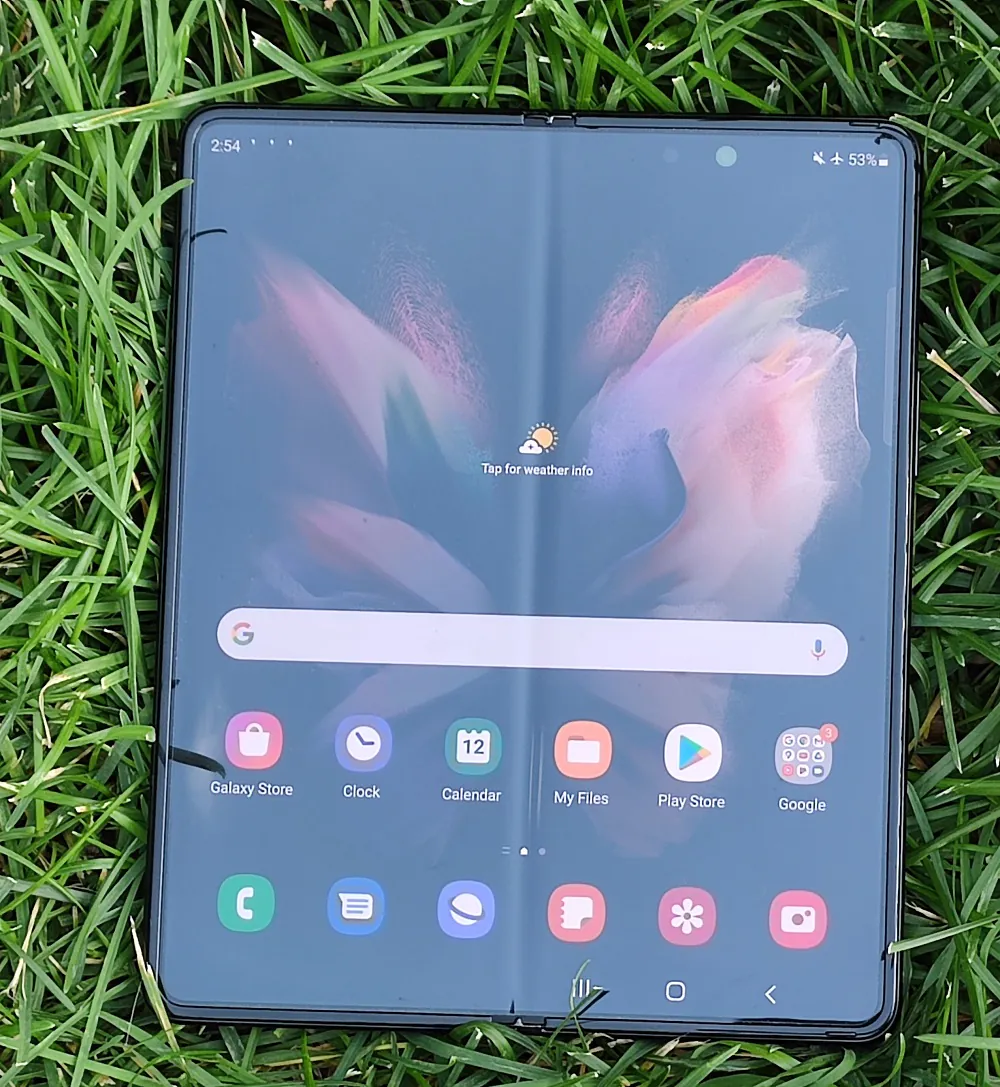
Is there any way to get rid of this crease? I am sure that this is practically impossible at this stage. Recently, I tried the OPPO X 2021 concept smartphone, which also has a crease there, although not as noticeable as the Z Fold3.
S Pen support
Unfortunately, I didn’t have the opportunity to try the Galaxy Z Fold3 with the S Pen, but I still felt it necessary to share with you what I know about this feature.
Apart from the waterproof design, the support of the S Pen stylus for the touchscreen was also a big issue for Samsung. It is provided by a special layer of digitizer from Wacom. For test prototypes, Samsung checked the integrity of the digitizer layer, but wear began to occur over time and errors appeared when recognizing contact with the S Pen stylus.

For this reason, two digitizers are used on one of the display layers, but they function as one. The evaluation of the signal from the S Pen from two surfaces is provided by a special EMR controller (chip), co-developed with Wacom.
Thanks to the Pen, the bendable smartphone offers the same features as the Note Series. To be precise, with Fold you can use two types of pens. The larger (173 mm, 13.8g) and more expensive S Pen Pro with Bluetooth and battery support, which can also be used with the Galaxy S21 Ultra smartphones or the Galaxy Tab tablet, or the smaller and cheaper S Pen Fold Edition (132 mm, 6.7 g), which does not require recharging, but only works with Fold3, and due to the lack of Bluetooth cannot be used as a remote trigger or for managing presentations.
The stylus only works with a flexible display. In addition to controlling the system, it can be used to create notes, draw and all the other actions that Samsung offered with the Galaxy Note series. The sensitivity of the stylus is also great, which is especially appreciated by creative personalities. In addition, the tip has a special coating, thanks to which it does not damage the display film even with stronger pressure.
Speakers and sound quality
The Galaxy Z Fold3 5G is equipped with stereo speakers that have a very good sound, coping with all frequences. The generated sound is clear, and you can listen to it with any playback options. In my opinion, this is one of the best smartphones in terms of sound that I have tested recently. And in the headphones the sound is even better.

The built-in speakers also don’t disappoint. The maximum measured volume is 81.7 dB at a distance of about 60 cm from the speakers. When listening to music from Spotify, it was a little quieter, up to 78 dB.
The sound can be adjusted according to your preferences thanks to the parameters collected in the Sound Quality and Effects menu. There’s Dolby Atmos, which can adjust the settings depending on what we are listening to (movie, music, voice), or you can specify it yourself. The games also support Dolby Atmos, as well as a graphic equalizer and an Adapt Sound function that adjusts the sound according to our hearing (depending on the age or the test results). After connecting the headphones, you can also use the UHQ Scaler, which improves the sound for music and movies.
In-display camera
The second important new feature in the Galaxy Z Fold3 is a selfie camera hidden in the screen. Samsung appears is the first manufacturer to use a new webcam in its smartphone. And voila!
How does it work? There’s no notch at the top of the display. Instead, there is a translucent screen that normally works when using a smartphone, but can be turned off locally when using a webcam.

If you look closely at this solution, it will look unusual, because the screen resolution of the webcam is much smaller. So, we have a pixel circle. The brighter the image, the more noticeable the camera circle becomes.

In practice, when using a smartphone on a daily basis, I did not pay attention to the webcam at all. The fact is that the pixel part disappears completely. This is the most non-invasive placement of a selfie camera, not counting sliding mechanisms.

It looks better, but image quality loses a lot. The resolution of the webcam is only 4 MP, and it makes average quality of photos. A selfie is very blurry, but after a while the algorithms noticeably improve the sharpness and overall quality. Samsung claims that the front-facing webcam is mainly designed for video calls, which I agree with. You don’t need the best quality there, after all. In turn, we can take good selfie photos in two other ways: using the front-screen selfie camera or using the main three cameras.
Cameras
The Samsung Galaxy Z Fold3 5G is equipped with five cameras. The main set consists of three 12-megapixel cameras: wide-angle, ultra-wide-angle and telephoto (2x optical zoom), with the latter two cameras having optical image stabilization. There is also a 10-megapixel camera in the screen, which we can use, for example, during video calls or shooting self-portraits. At the moment, it is similar to its predecessor. The last camera, the lens of which is hidden under the surface of the internal display, is completely different, I have already told about it above. It has a resolution of 4 MP and the same lens as the main camera (f/1.8).
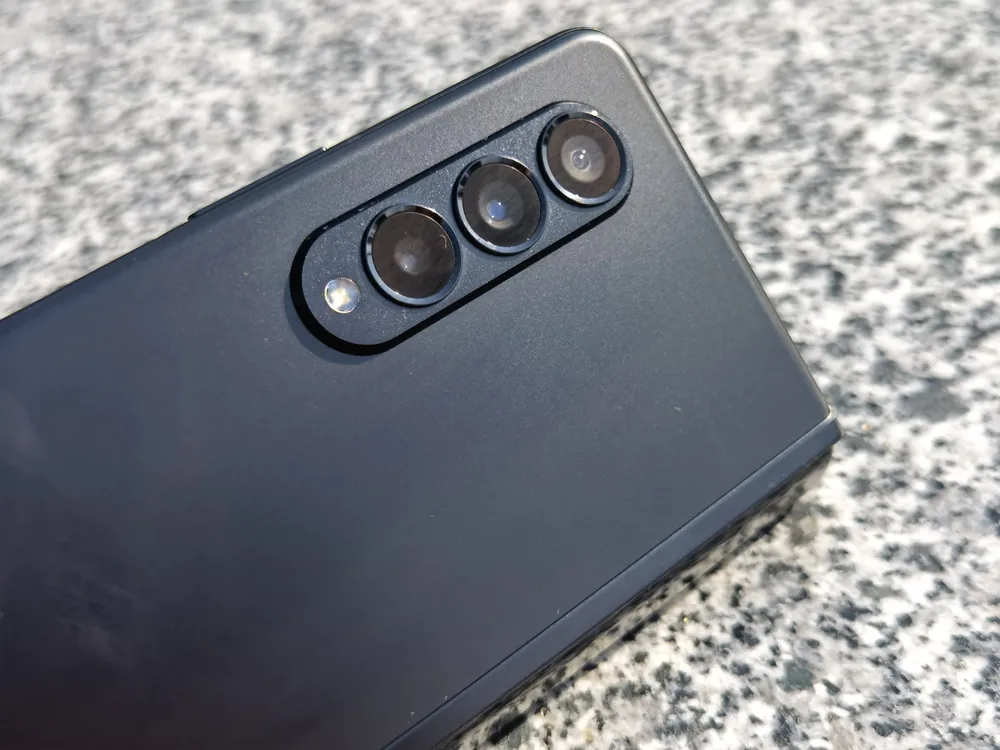
In this section I will tell you about the other cameras. At the back there are three sensors located under each other in the form of a traffic light. It is a pity that Samsung did not repeat the design of the Galaxy S21 series, the sensors of which are placed in a stylish module that looks as if it digs into the body of the device.

The Galaxy Z Fold3 5G module can be found in a rather boring oval containing the following set of cameras:
- The main sensor is 12 MP with optical stabilization, with phase focusing and f/1.8 aperture
- 12 MP wide angle camera with 123° viewing angle and f/2.2 aperture
- 12 MP telephoto lens with 2x optical zoom (10x digital), with optical stabilization and f/2.4 aperture
With the exception of the telephoto lens, the cameras are identical to the spring flagship of the Galaxy S21 series. In addition, lenses coated with Gorilla Glass DX sapphire crystal, which provides less reflectivity and higher strength, which should help in improving the quality of shooting.
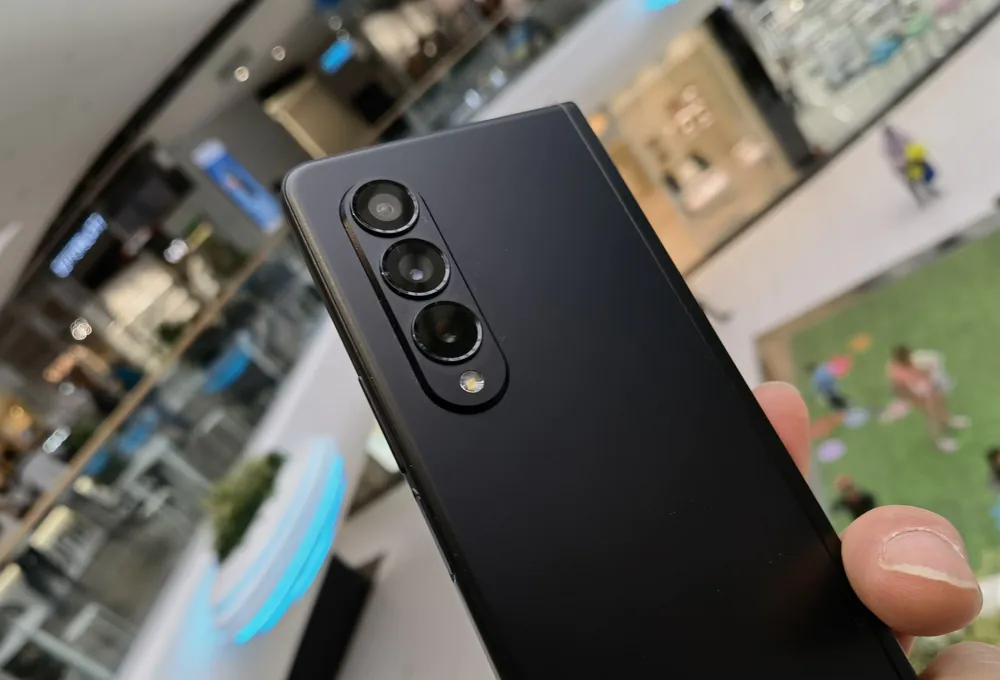
Although the Galaxy Z Fold3 takes great photos, I’m a little disappointed with the cameras used, especially the telephoto lens, where I would like to see a slightly better optical zoom. The optics from the Galaxy S21 Ultra would suit the phone much more, but I understand that Samsung had to fight for space when designing a folding structure.
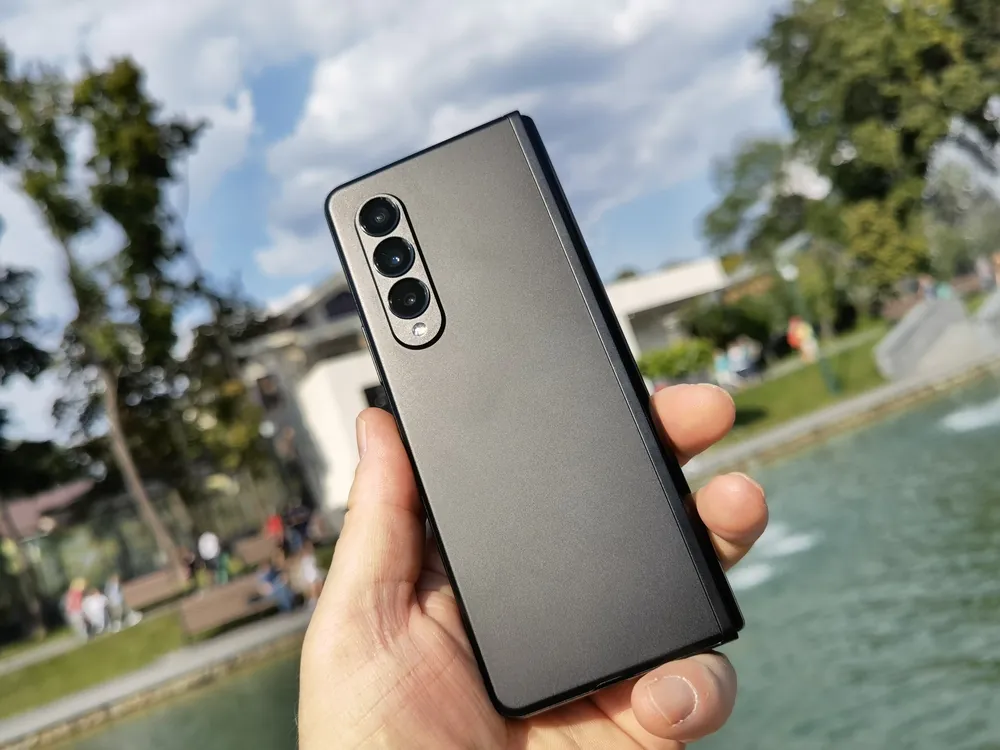
The photos practically do not differ from what we saw in the previous generation, and this applies both to daytime photos and those taken at night. So, if you already have a Z Fold 2, you should not buy a newer model because of the cameras.
Optics shows itself well with macro photography or portraits with a blurry background. I have to praise the decent dynamic range, sharpness, natural colors, high level of detail and low noise. However, if you leave artificial intelligence enhancements enabled, count on excessive color highlighting from time to time. It is also worth noting the night mode, in which the scene is shot several times with different exposures, and then the image is improved using software optimization.
I recommend taking pictures on a wide-angle module in good light. At dusk and in the dark, the sharpness is significantly reduced and digital noise appears. There is also an attempt to correct the edges, but in some situations there is a slight deformation of the image.
Photos from a telephoto lens can be used even in low light, and thanks to optical stabilization, images and videos have good sharpness.
PHOTOS AND VIDEOS IN GOOD RESOLUTION
Although the Snapdragon 888 chipset allows you to shoot in 8K, it’s more of a marketing ploy. This videos look really great, but you can only fully enjoy it if you have an 8K screen. Therefore, you will have to be content with recording a maximum of 4K at 60 frames per second, but only from the main camera. If you want to switch between a wide-angle lens and a telephoto, you will need to reduce the frame rate to 30 frames per second in the settings. The 10 MP selfie camera allows you to shoot 4K video at 30 frames per second.





Read also: Samsung Galaxy Z Flip3 review: Better, cheaper and… for everyone?
UI and apps
Samsung’s foldable smartphone runs Android 11 with the One UI 3.1.1 shell. This is the latest version of one of the best (in my opinion) system UIs that can be found in devices of this type. By default, it divides the main screen into desktops and a drawer with shortcuts for all apps (you can disable it). To the left of the desktops is a Google screen with the latest news.
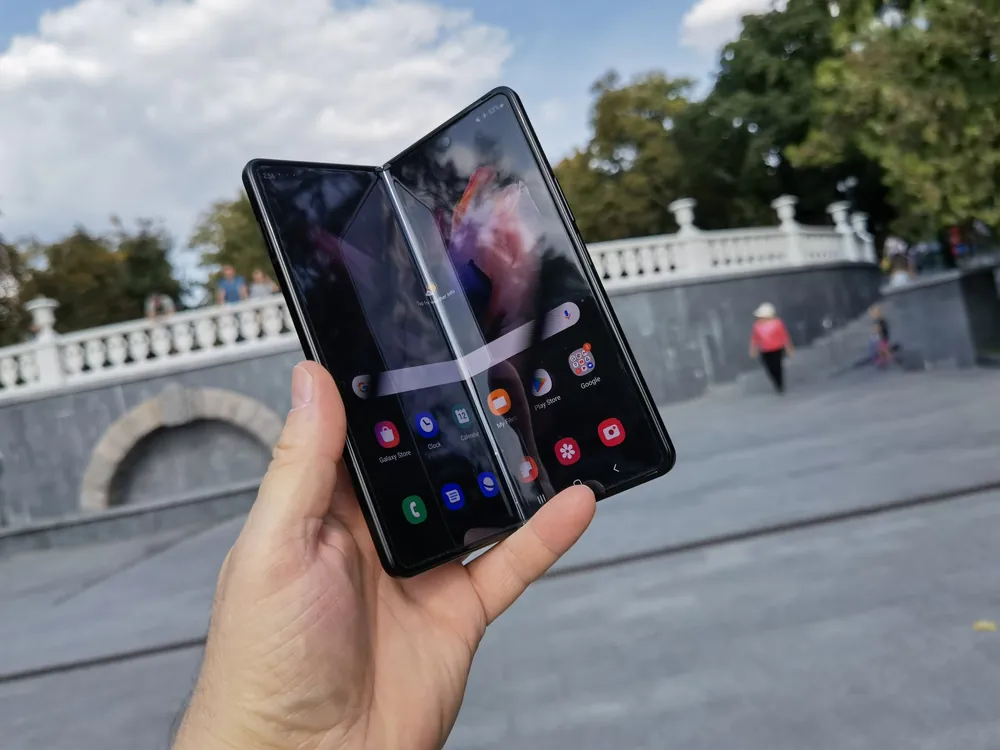
Speaking of desktops, it should be noted that we can use a function called Mirror cover. By default, the location of desktop icons may differ from the location on the front screen. After enabling Mirror cover, icons from the two desktops of the smaller screen will be displayed on the desktop visible on the larger screen.
Another feature that was designed with two screens in mind is switching apps between them. For example, if we launch a web browser on a small screen and open a smartphone, the app will appear on the big screen, and the front display will become empty. If you close the device, the app will automatically appear on the front display.
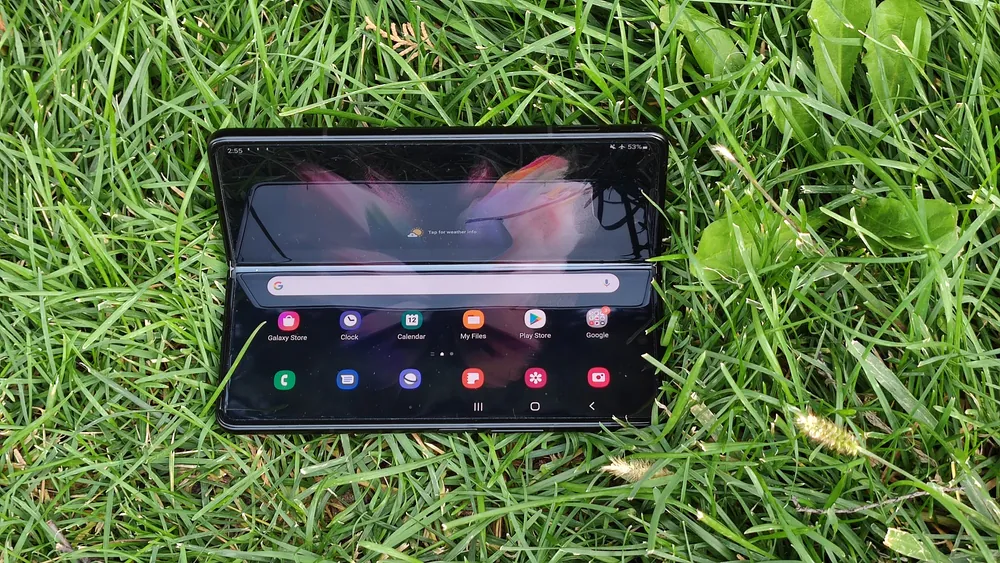
Thanks to the Galaxy Z Fold3 5G design, it can be used as a miniature laptop. In this configuration, one half of the screen can function as a touch keyboard, and the other half will act as a traditional laptop display, showing the text that you type in Word or in other programs. In turn, the video you’re watching on YouTube will be displayed in one part of the screen, and in the other you can type comments or perform other actions. This is the so-called Flex View mode, in which half of the folding screen is responsible for displaying content, and the rest for displaying controls, etc. This relates to the general concept of One UI, where the upper part of the screen is used to display content, and the lower part is used to interact with the user. You can read about it in the Samsung Galaxy Z Fold2 review.
As with many other Samsung smartphones, we have panels on the side of the screen. These are additional panels placed on the right or left side of the screen (depending on the settings), containing, for example, shortcuts for selected apps, favorite contacts or compass tools. Using the app bar, you can easily use the feature, which allows you to split the screen into three parts. Just tap the shortcut of the selected app and place it in the right place.
The location of windows on a split screen may vary, and the boundaries between applications can be moved. We can also launch favorite apps in so-called pop-up windows, so even more apps can be displayed on the screen. You can add transparency to selected windows. And if you want to use a split screen and pop-ups at the same time, this is also possible.
As for the on-screen keyboard, it can work in several different modes: as one whole, as two parts separated from each other (on the internal display), or as a floating window. There is also a handwriting recognition function.
In its smartphones, Samsung focuses primarily on its own system and multimedia apps (they work best with the One UI interface), and the Galaxy Z Fold3 5G does not stand out in this sense. Also, of course, there is a set of Google apps and some additional features.
Good performance
All haters of Exynos chipsets, which are used in Europe for Samsung’s flagship models, will surely be pleased that, like last year’s generation, the Galaxy Z Fold3 runs on a Qualcomm processor.
In particular, it is a powerful Snapdragon 888 with 5G support, supplemented by 12 GB of LPDDR 5 RAM. This set suggests that you will not suffer from a lack of performance. And there is no need to mention that you will be able to play even the most demanding games on this foldable device. As for the storage, you can choose the 256 or 512 GB option.
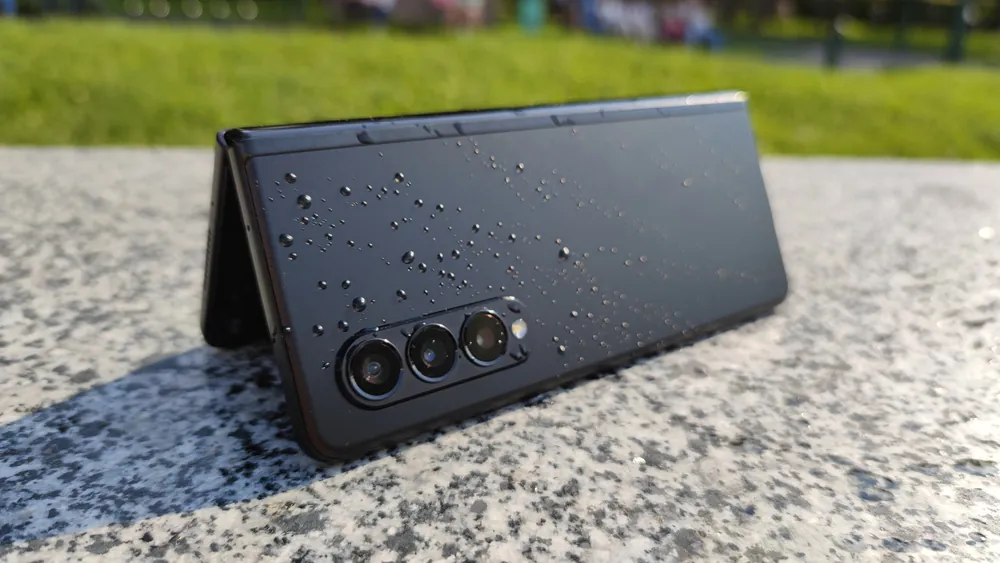
There’s no microSD memory card slot, however, given the availability of a 512 GB version, I do not consider this a disadvantage. The ability to have three own numbers in the phone is also quite unconventional – in addition to a slot for two physical NanoSIMS, you can install a third eSIM. However, keep in mind that no more than two numbers can be active at the same time.
You can also use this powerful processor and a good amount of RAM when working with multiple windows or in DeX desktop mode, which can be controlled even wirelessly, and like other Samsung smartphones, interacts much better with Windows 10. You can connect to your computer with one click, or quickly establish a wireless connection.
This allows you to view notifications from your smartphone on your computer, send and receive messages, as well as view photos or copy them to your computer.
Battery life
The capacity of both batteries in the Galaxy Z Fold3 is 4400 mAh, which is 100 mAh less than that of the Galaxy Z Fold 2 5G. When testing, I used this device daily instead of my own Huawei Mate 40 Pro, I had enough power for the whole day. For an ordinary smartphone, this is a normal capacity, but the Galaxy Z Fold3 5G is not an ordinary smartphone and requires more juice for its operation. Therefore, you should remember that the Fold3 loses power much faster than any other smartphone with the same battery capacity, especially with the screen unfolded. Most often, it was possible to achieve about 4 hours of screen operation on a single charge.
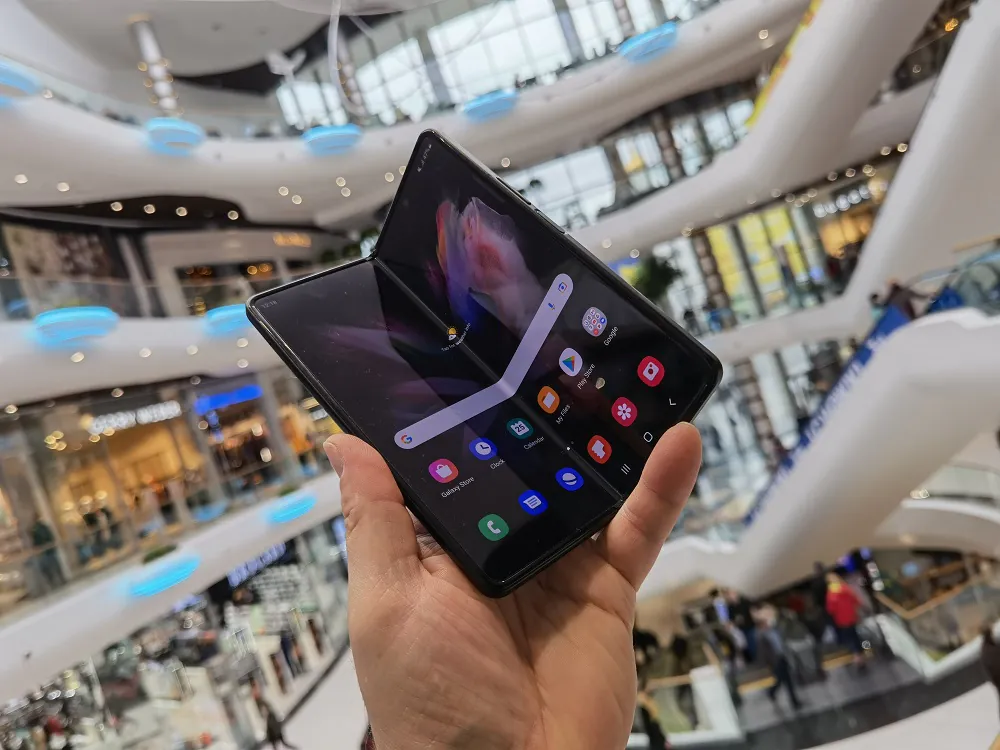
With the help of a cable, you can charge a smartphone with a charger with a maximum power of 25 watts. The charging speed is not impressive, and this is certainly a nuance that you should consider when buying a Galaxy Z Fold3.
The Galaxy Z Fold3 5G battery can also be charged wirelessly with a power of 11 watts, and the smartphone itself can be used as a wireless external battery to charge other devices. I used this function to power my smartwatch, wireless headphones and other smartphones.
Read also: Poco X3 Pro Review: Most Powerful In Its Class?
Verdict
It is difficult to objectively review such a smartphone. I both love it and dislike it at the same time. It helps you feel like a part of the future, but at the same time, the smartphone sometimes irritates me with its format.
The Samsung Galaxy Z Fold3 5G is the third generation of the Korean manufacturer’s foldable smartphone, with many new features and improvements. The device looks great, and you want to actively use it. The design with a large flexible display, which in the latest model can also be controlled using the S Pen stylus, is very convenient. Getting used to such a device leads to an obsession with bending everything.

This is the only tablet on the market that fits in your pocket, and at the same time the only smartphone that gives you the capabilities of a tablet. And even a computer, because of the DeX mode.
It’s a pity that Samsung failed to increase battery life and integrate the photo module from the Galaxy S21 Ultra model into the Fold3 case. Despite the fact that the new model takes great photos, the telephoto lens with a double optical zoom already looks a little outdated.
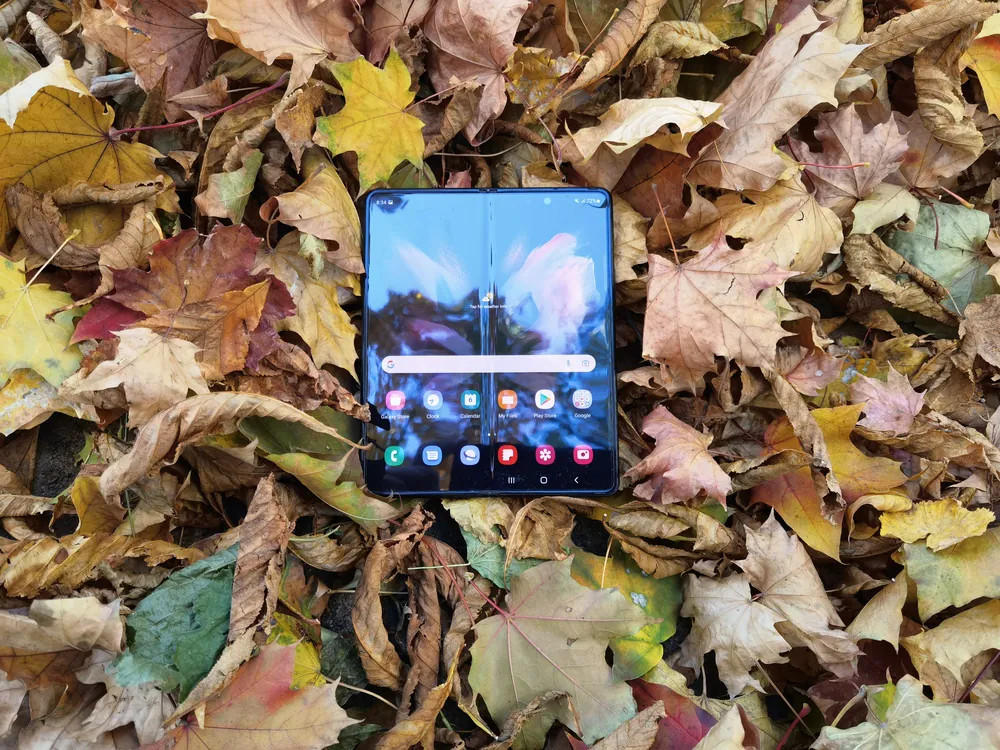
In terms of tech, the Samsung Galaxy Z Fold3 is a very impressive device. In my opinion, it has two main problems: the folded state and the price. Although Samsung has practically no competitors in the market, which gives them a huge head start for experiments and improvements.
Pros:
- Nice design, very high quality of materials
- Waterproof body, IPX8 standard
- The convenience of using a smartphone, the screen folding inwards (the best protection)
- The location of the fingerprint scanner
- Excellent displays, 120 Hz on both screens
- Support for the S Pen stylus on the internal screen
- Very high sound quality of stereo speakers and voice calls
- A set of supported connection standards, including 5G and Wi-Fi 6, wireless DeX, eSIM
- Excellent One UI 3.1
- Very high efficiency and performance, thanks to the Snapdragon 888 chipset, a sufficient set of photo lenses, good photo and video quality, the ability to take selfies on the main camera
- Good battery life when using an external display
- Two-way wireless charging.
Cons:
- The charger is not included in the package
- Shiny body parts that are difficult to keep clean
- Poor photo quality from an in-screen camera
- Strong heating
- Very high price
Subscribe to our accounts:




